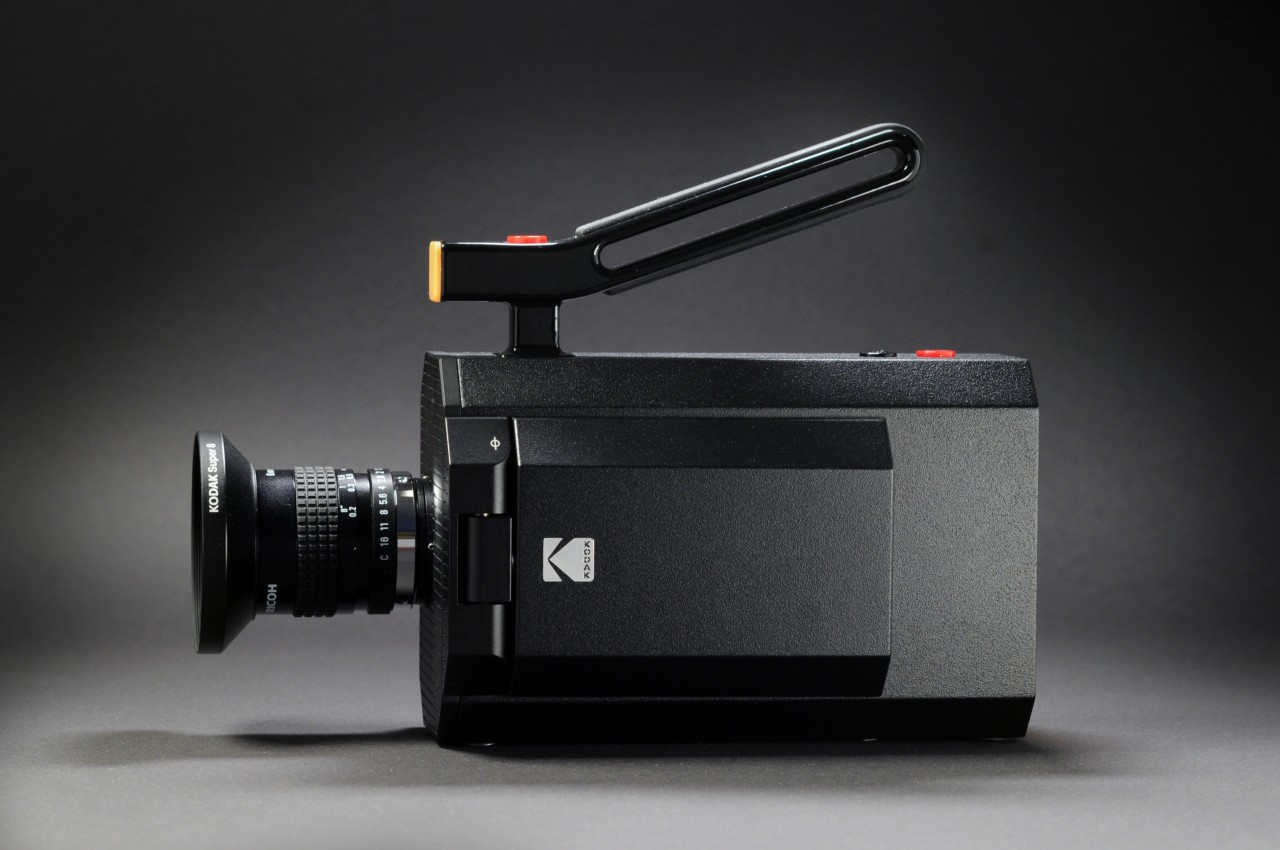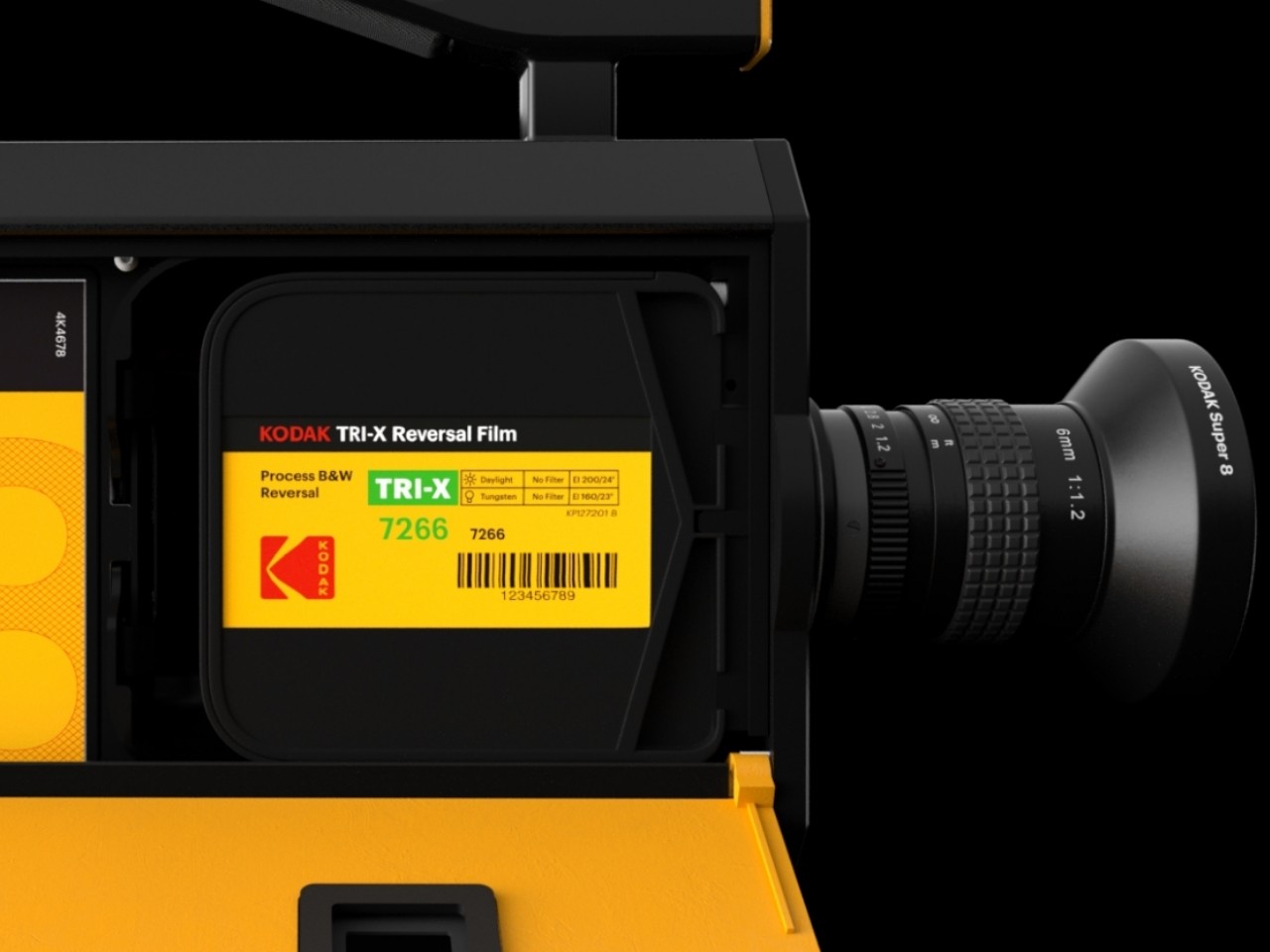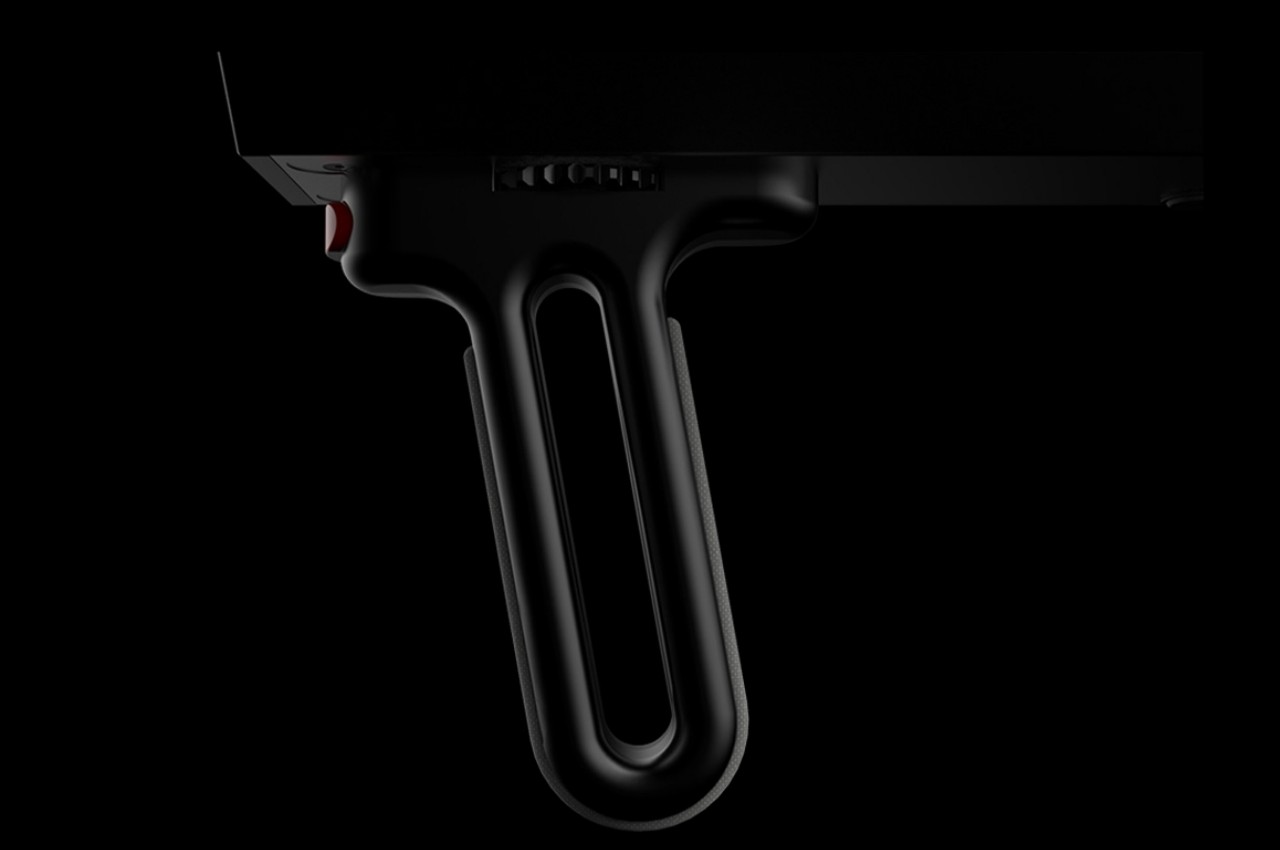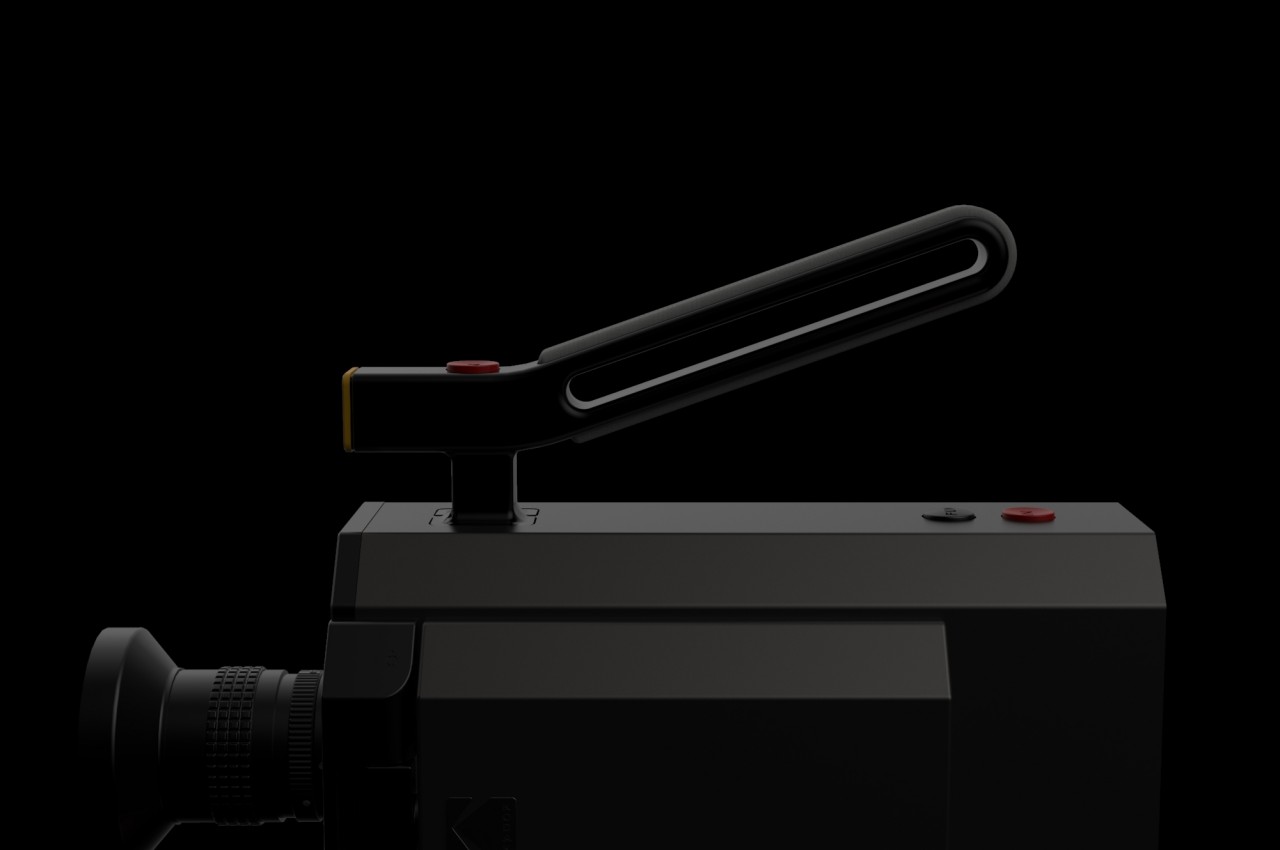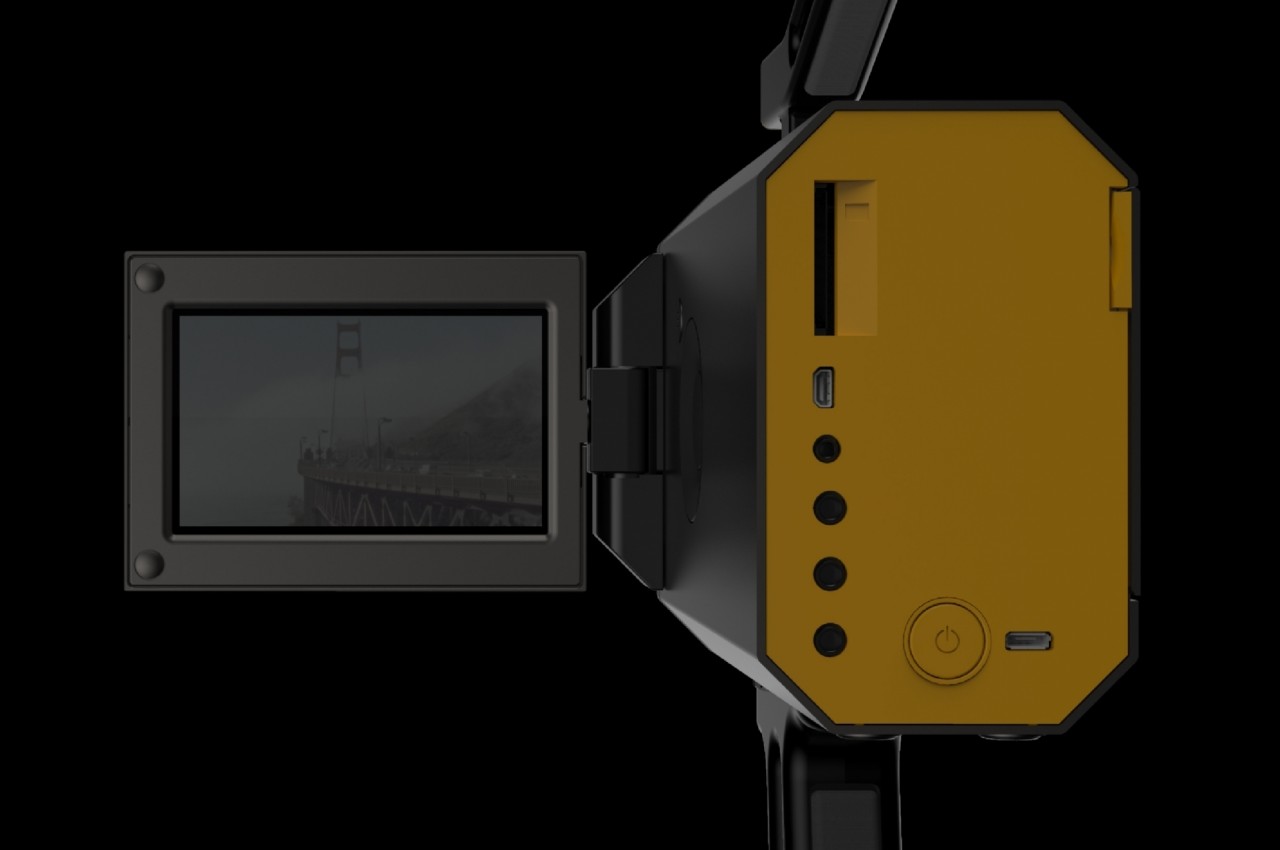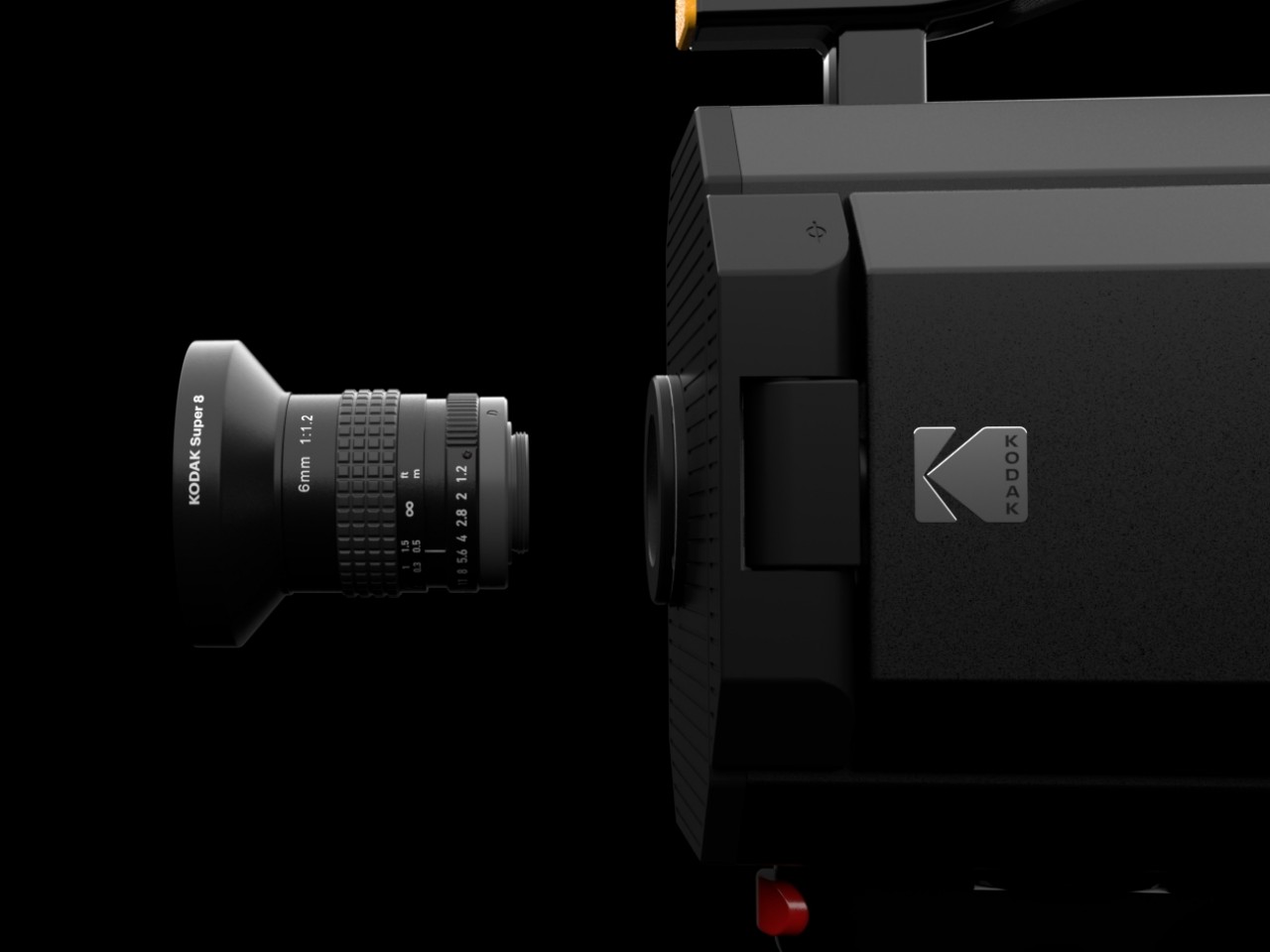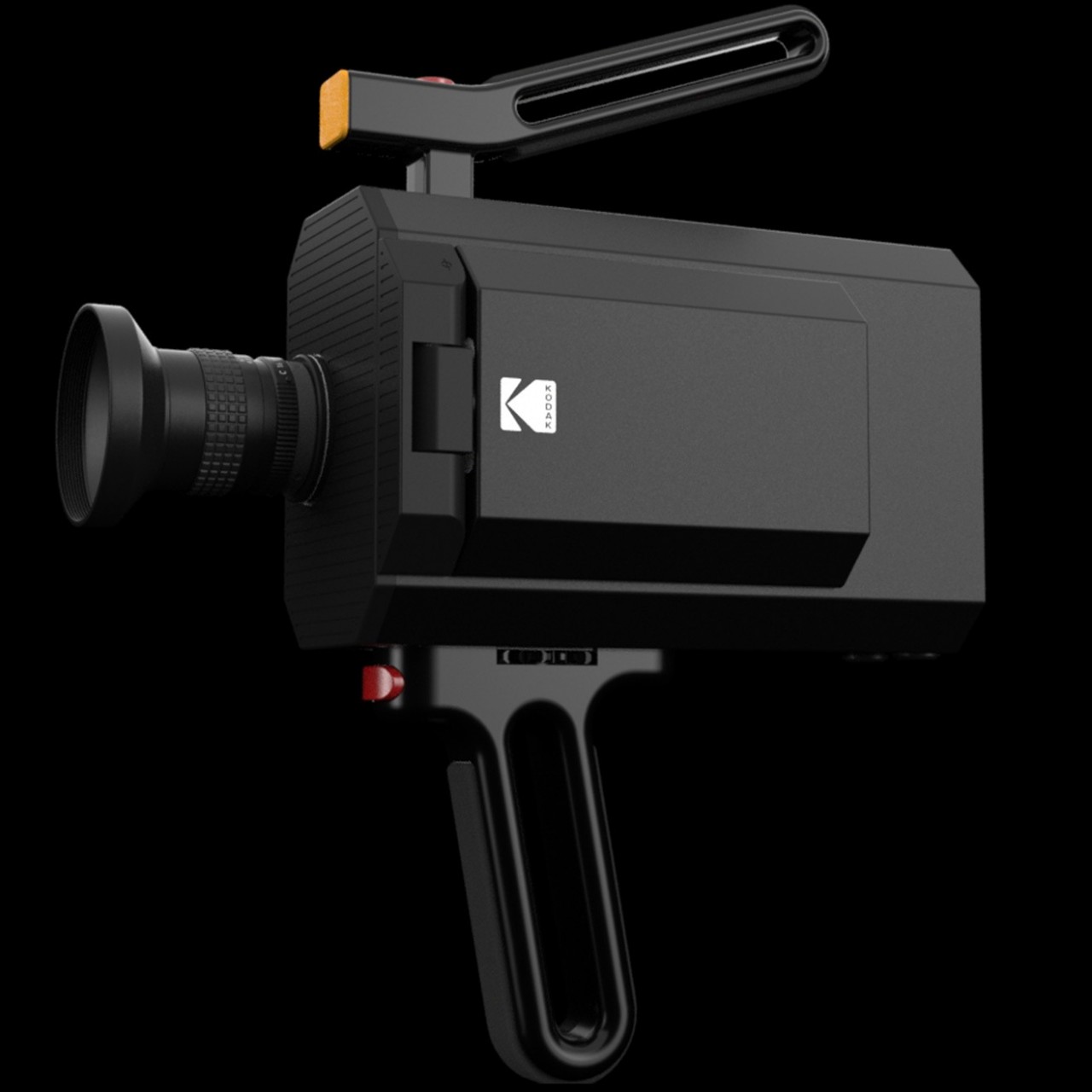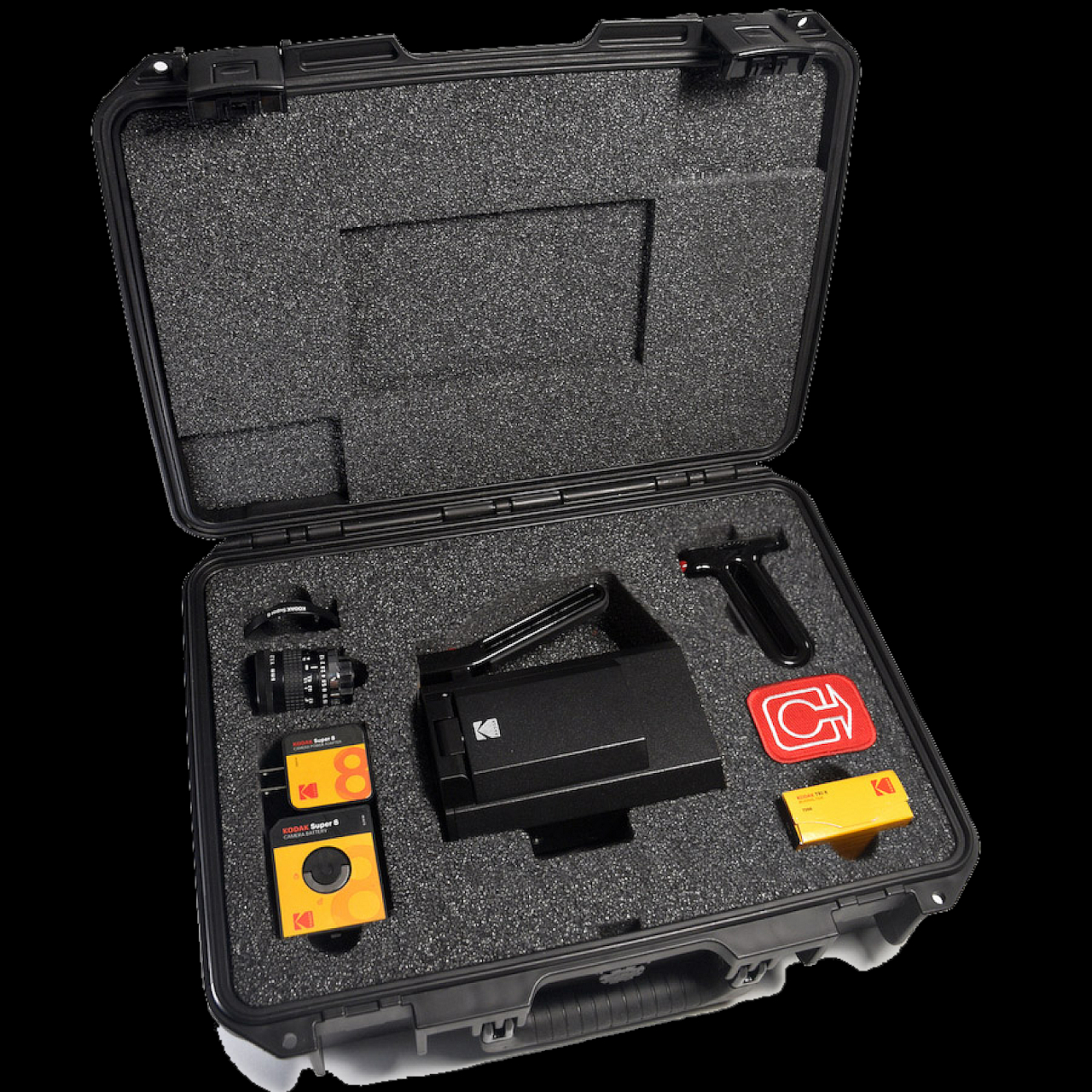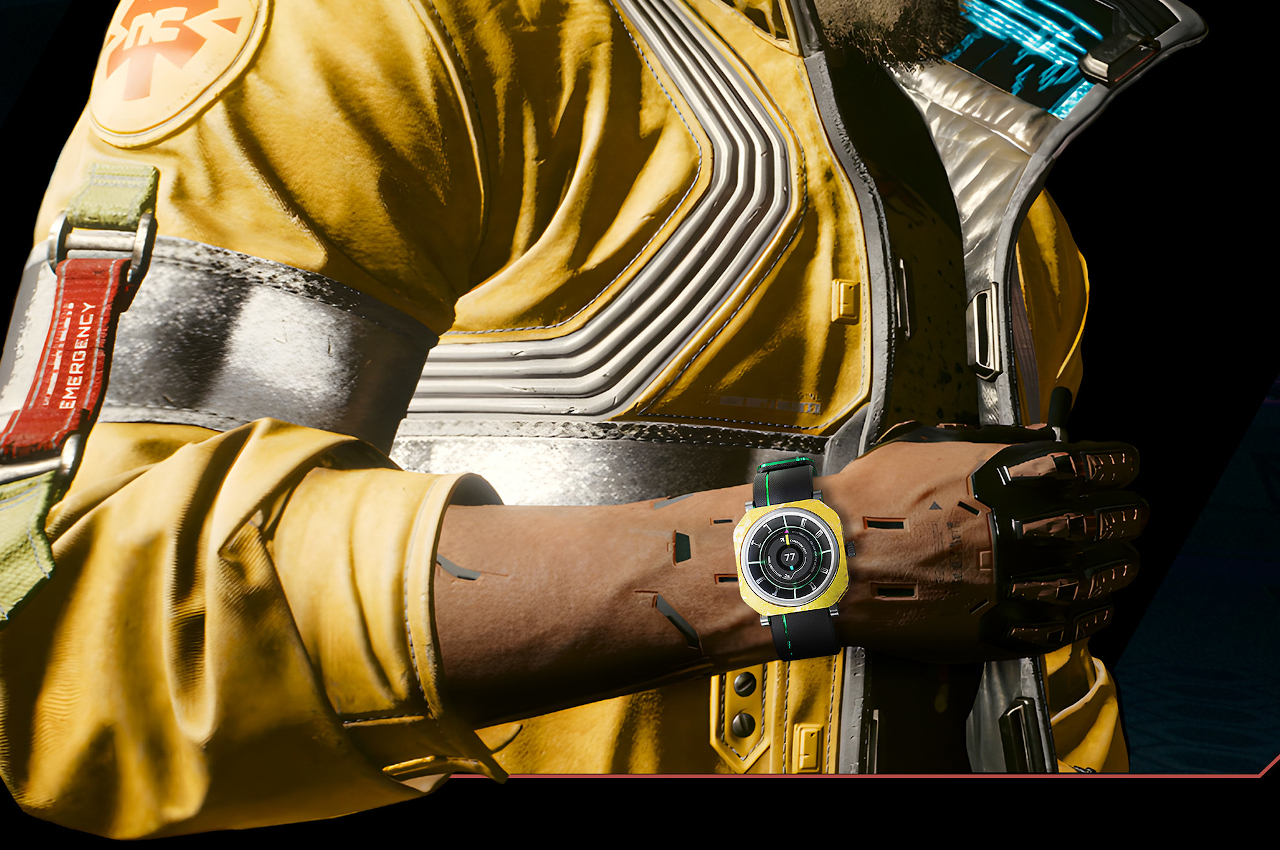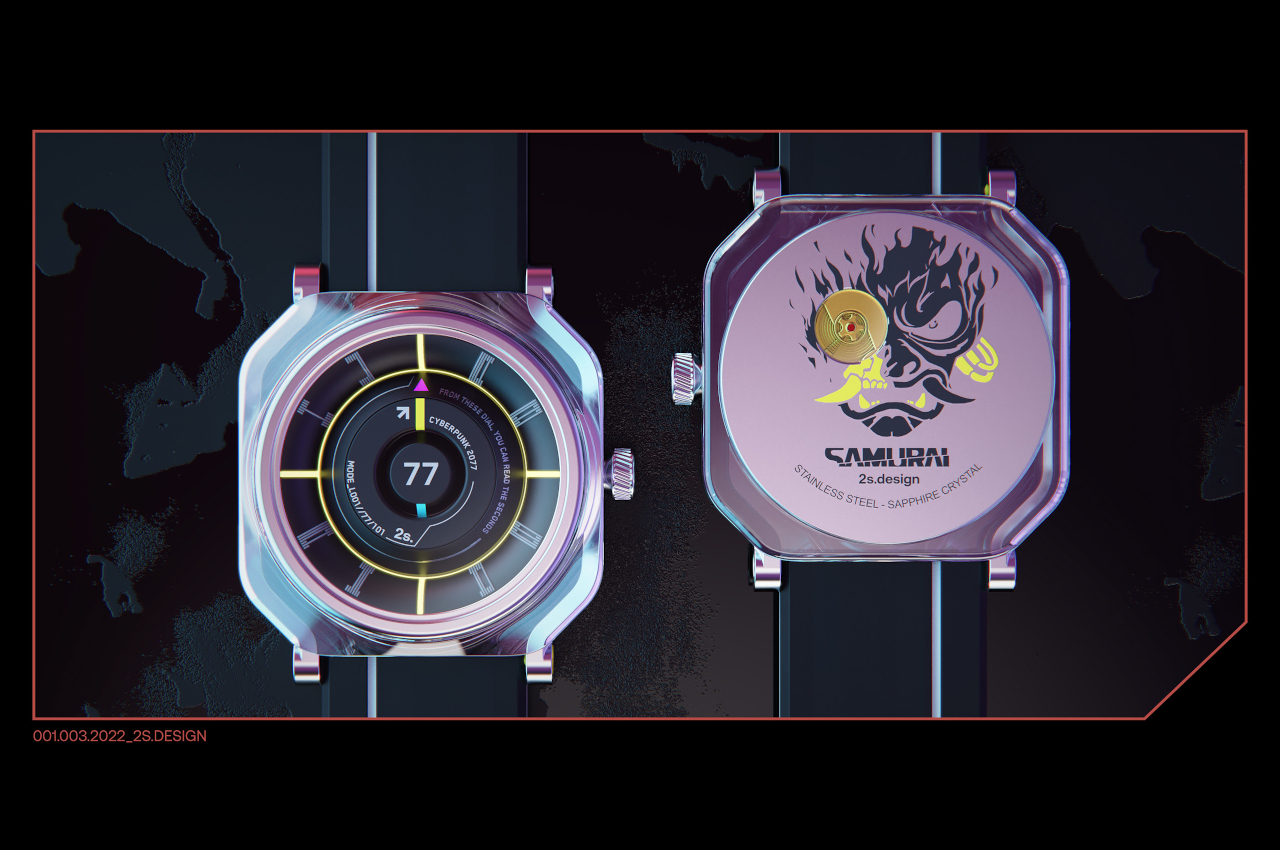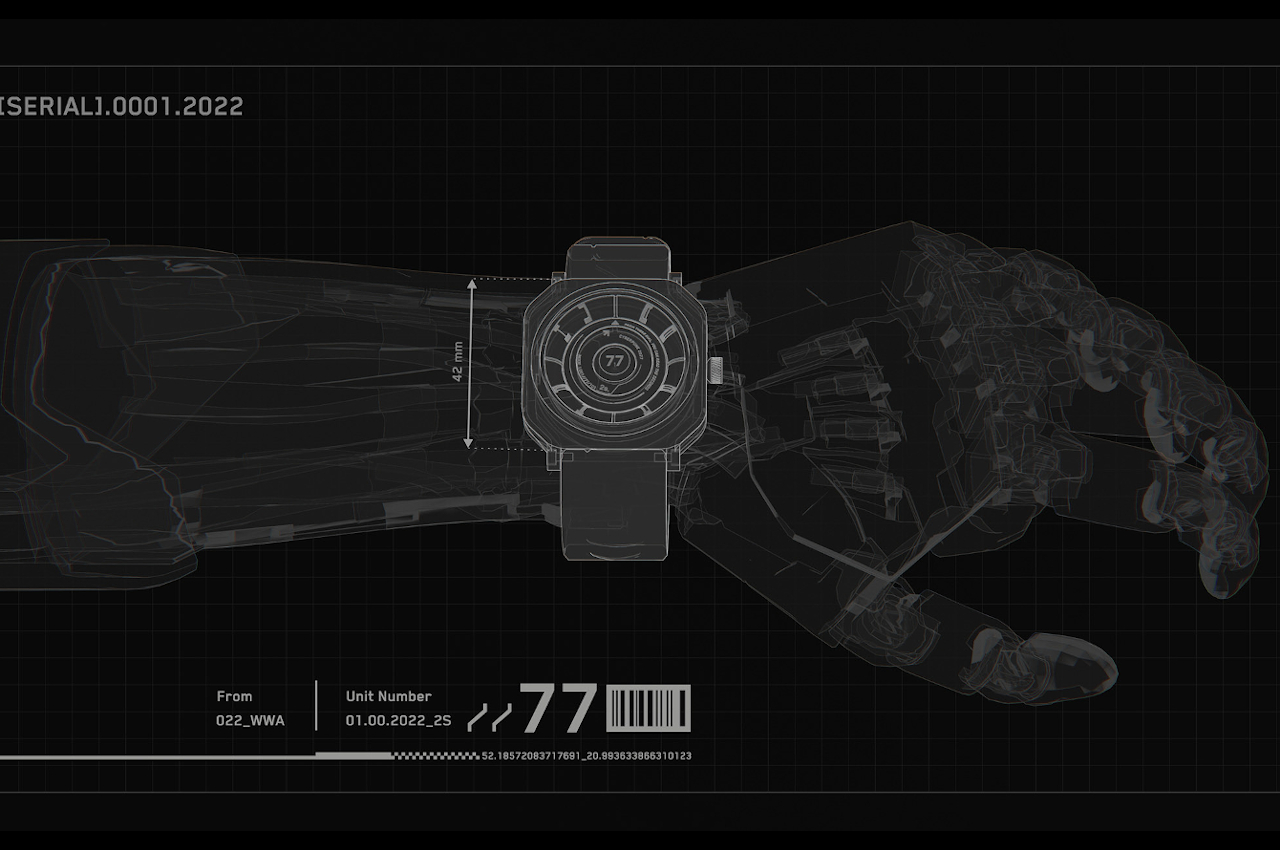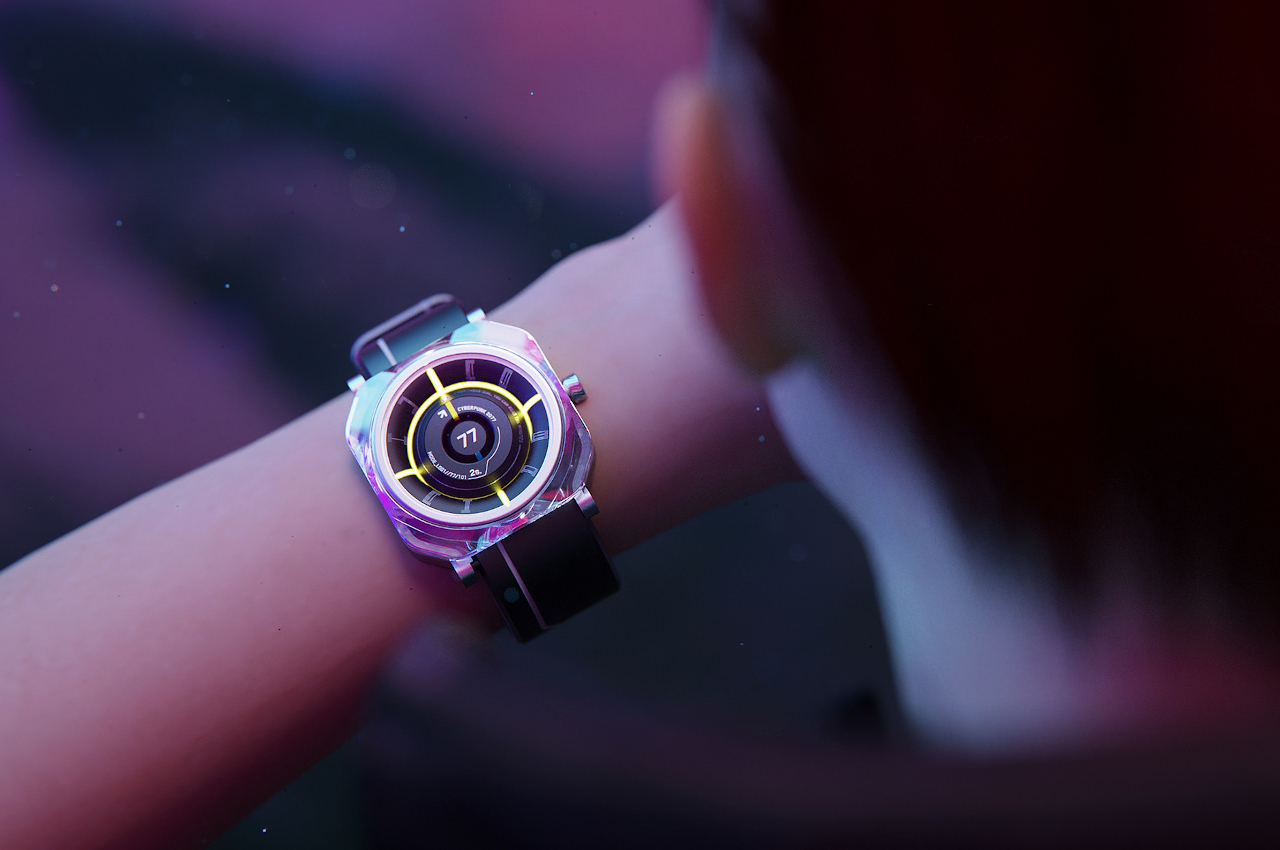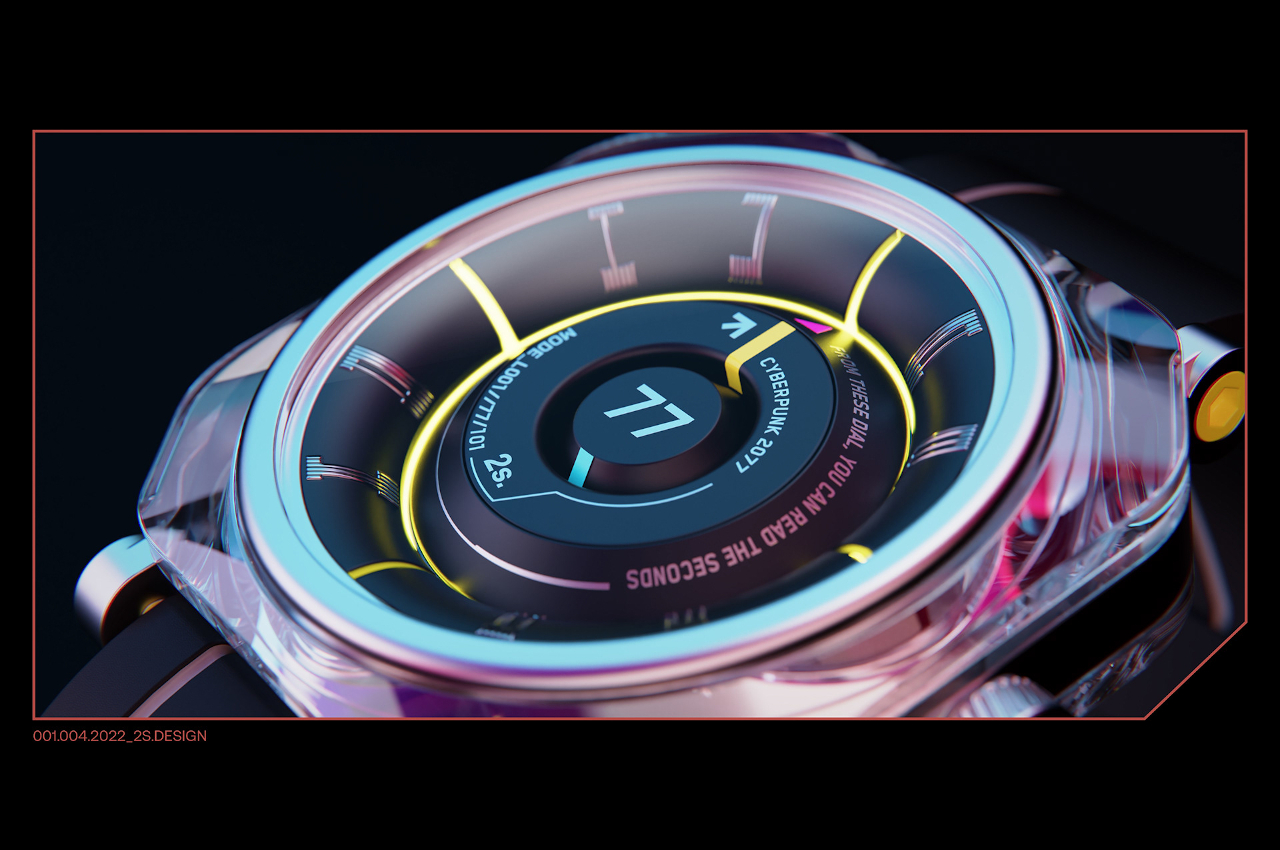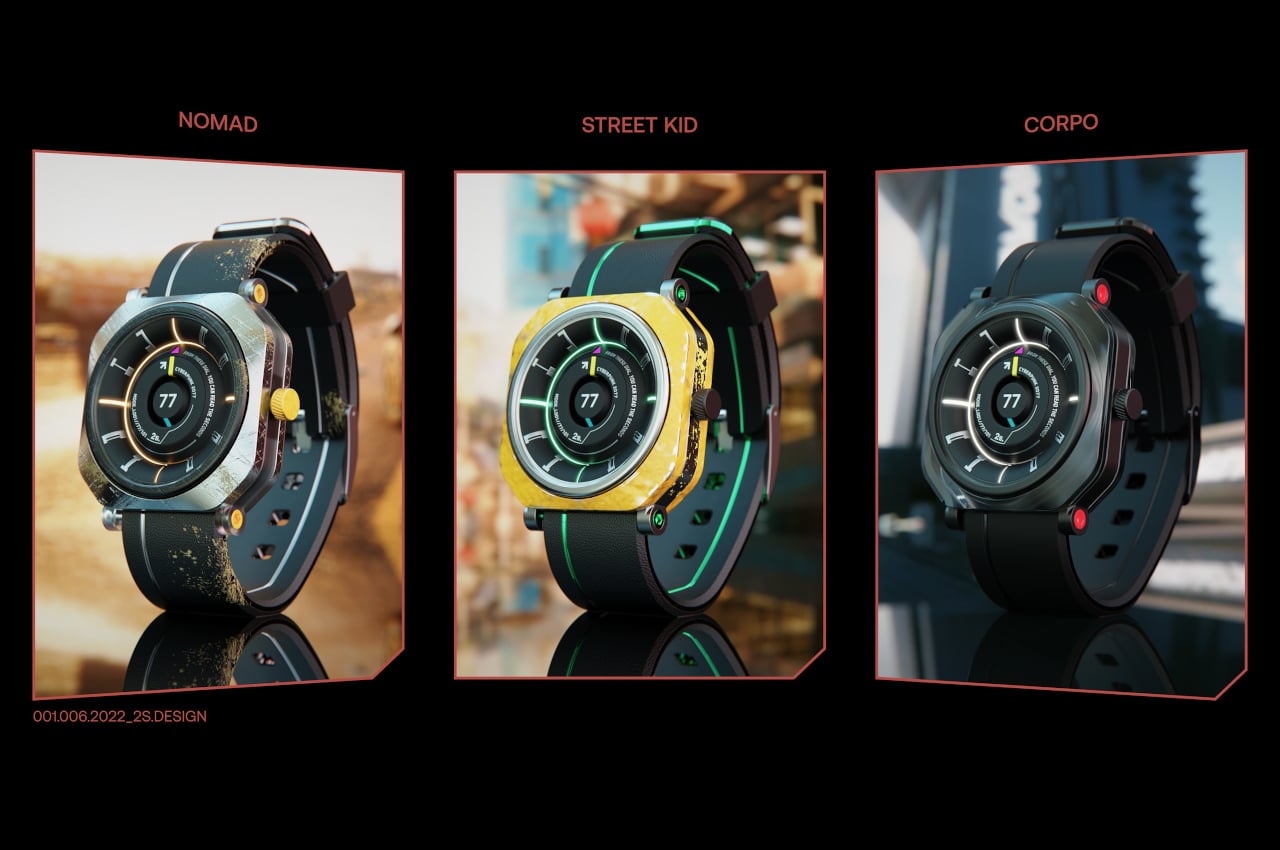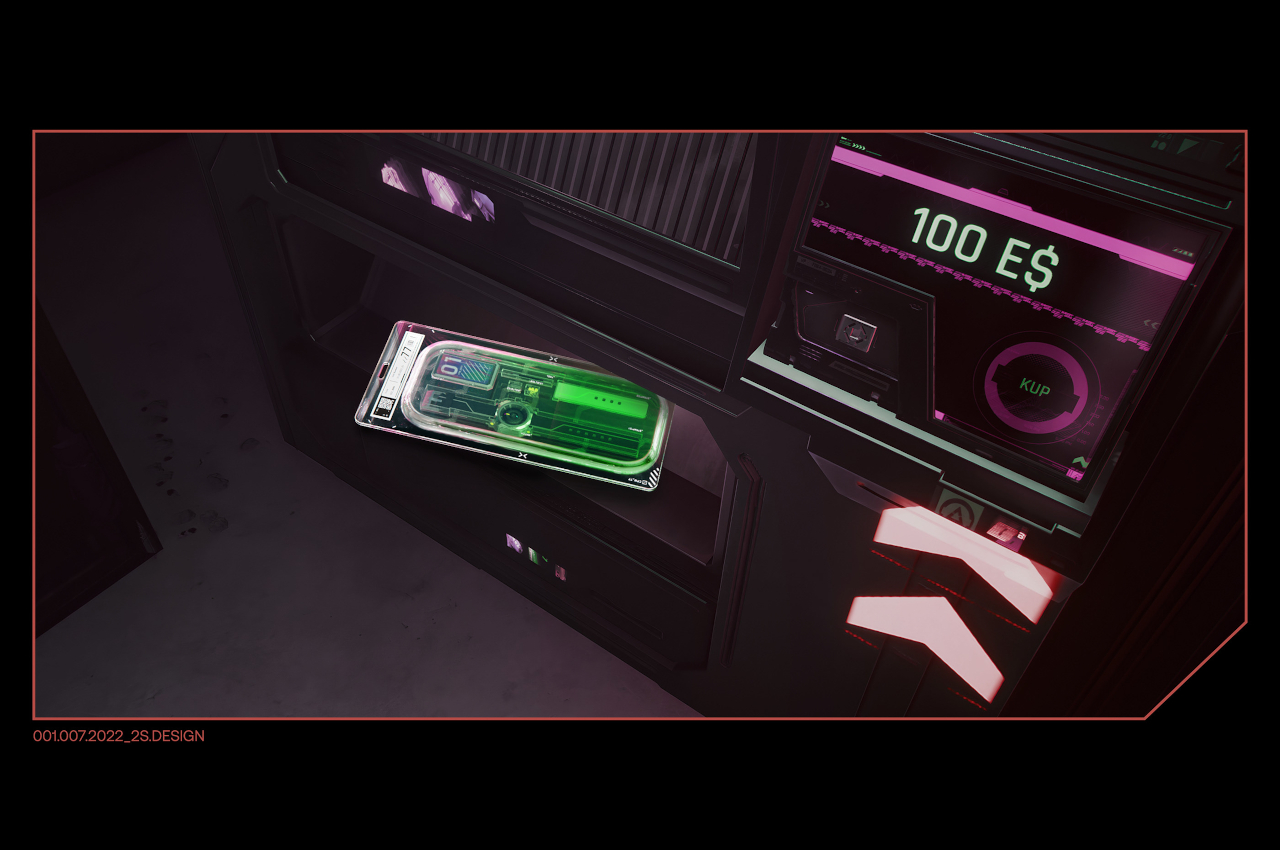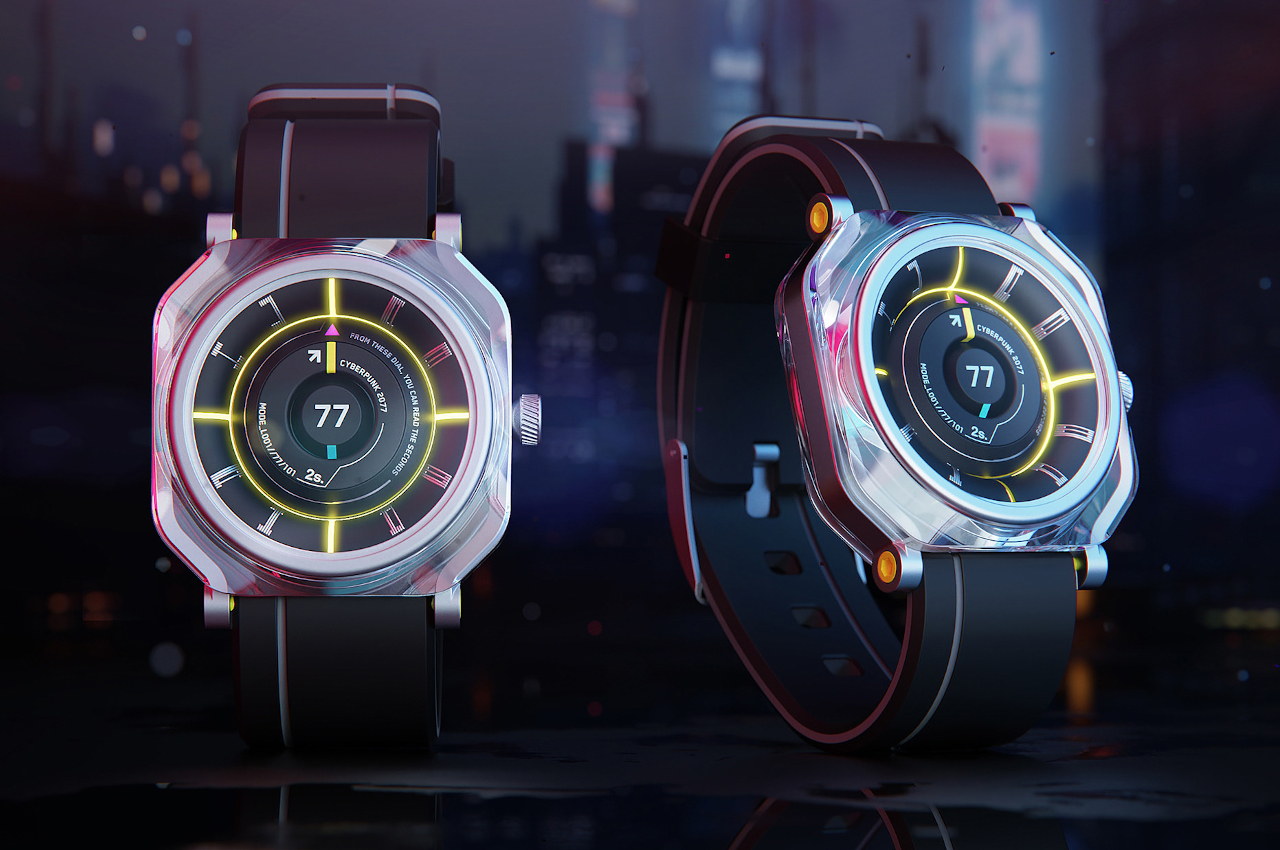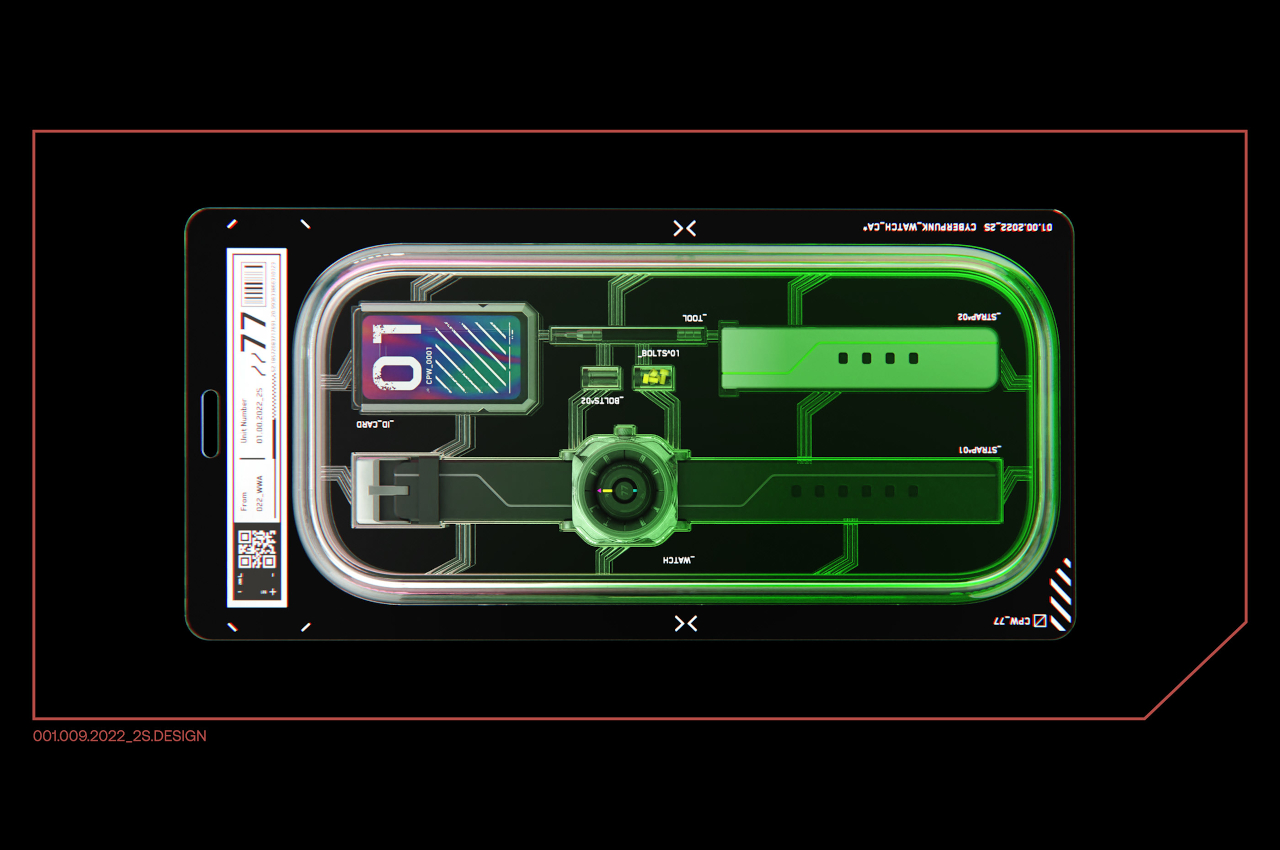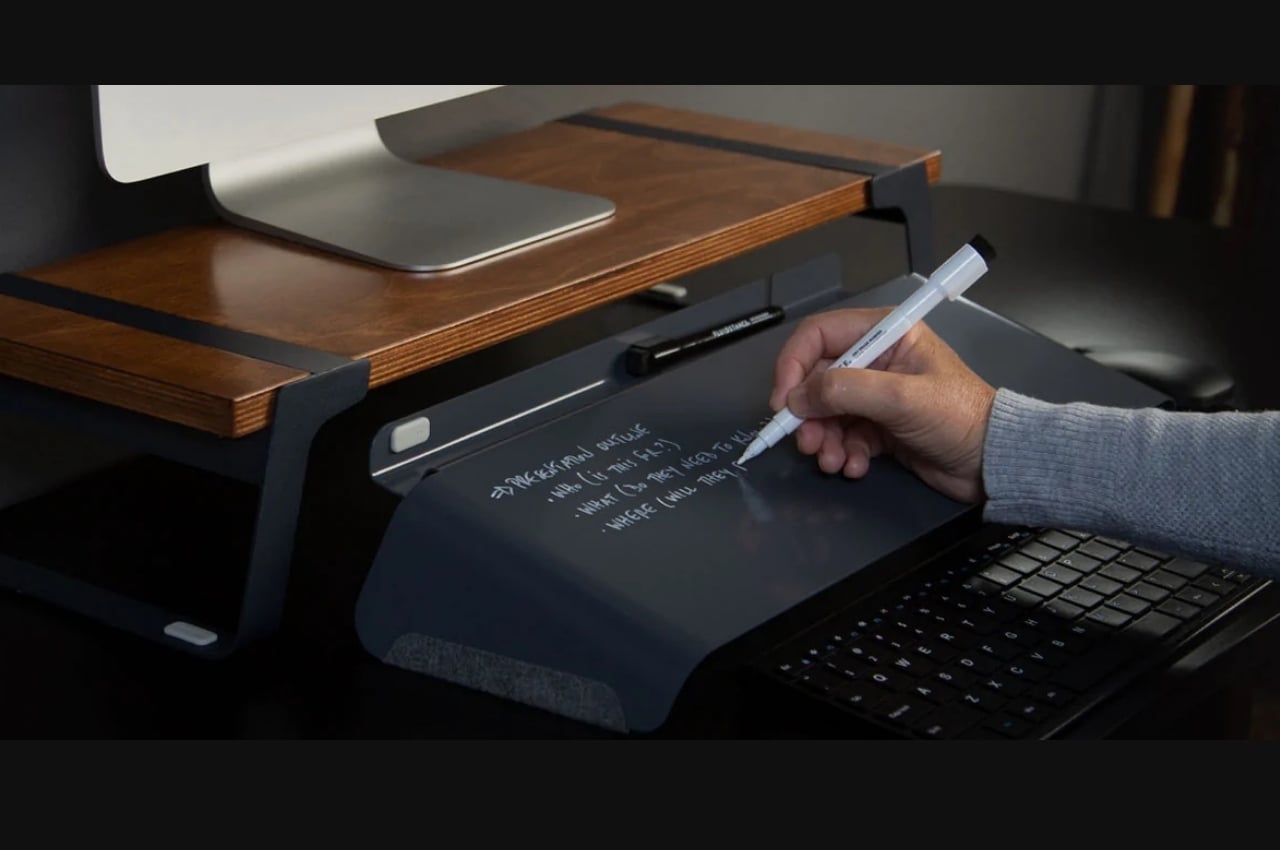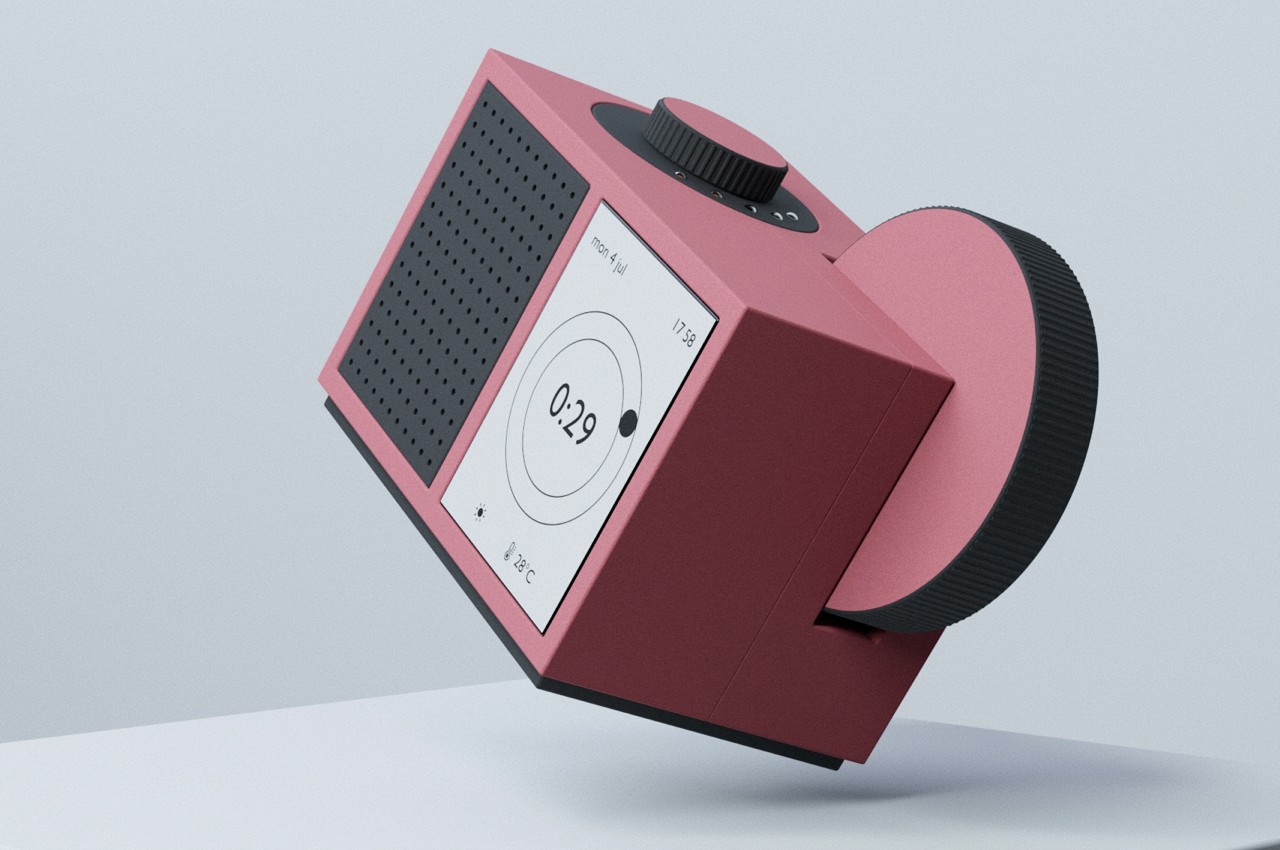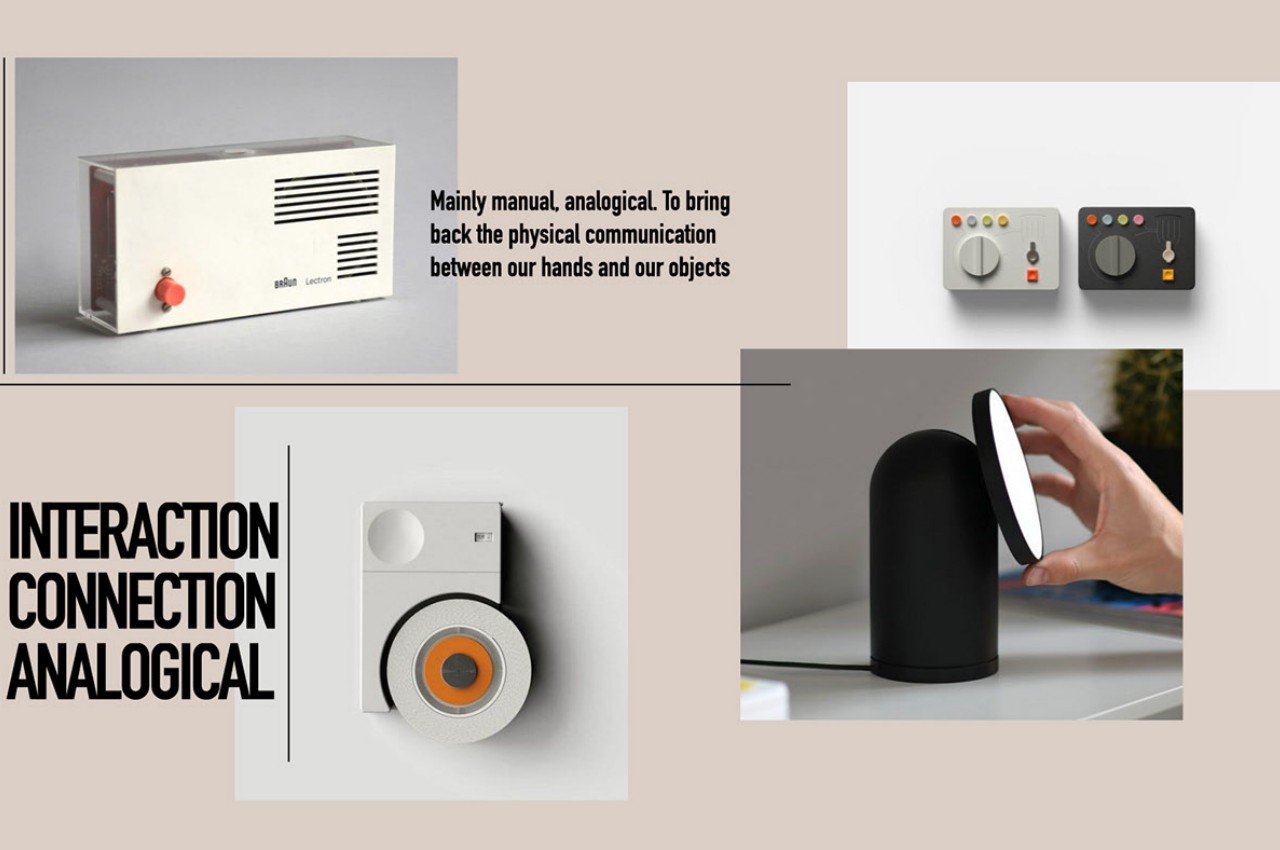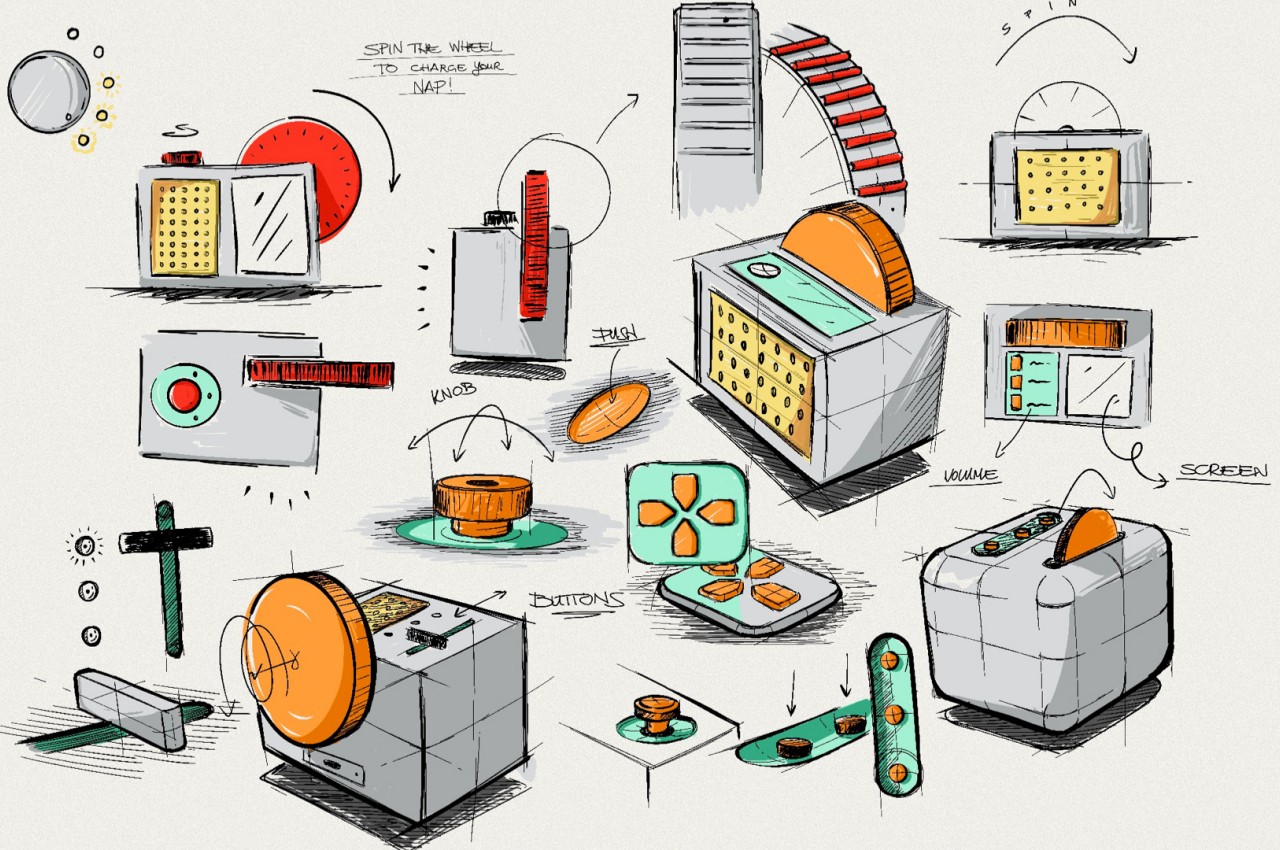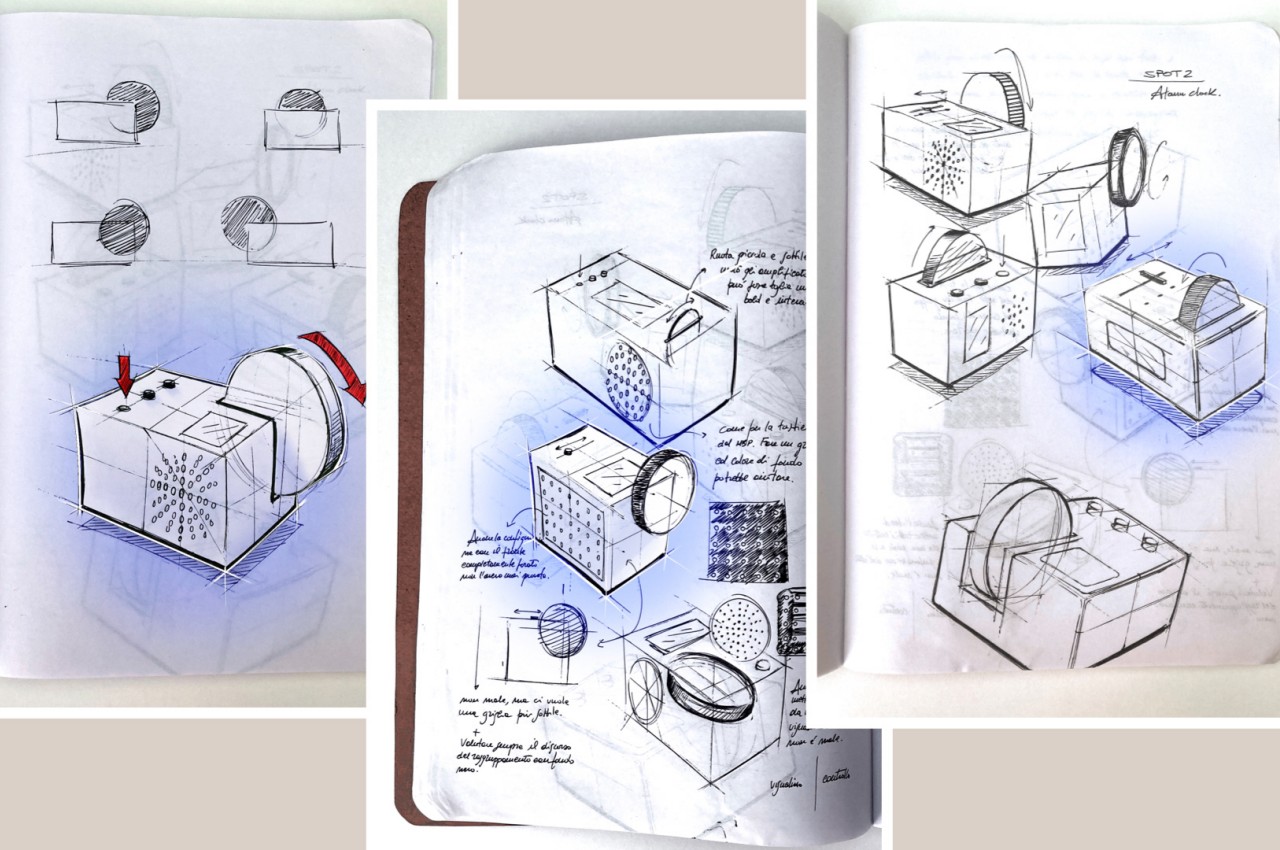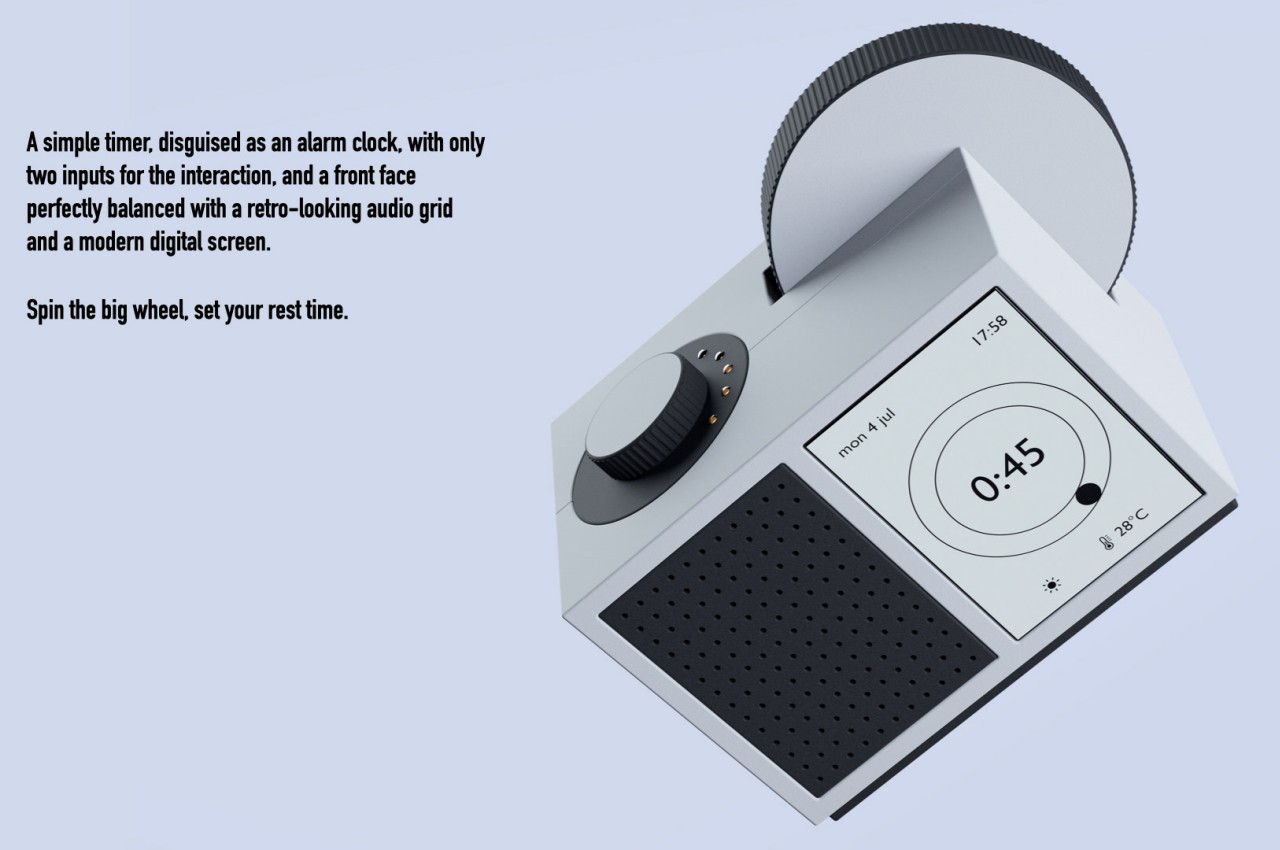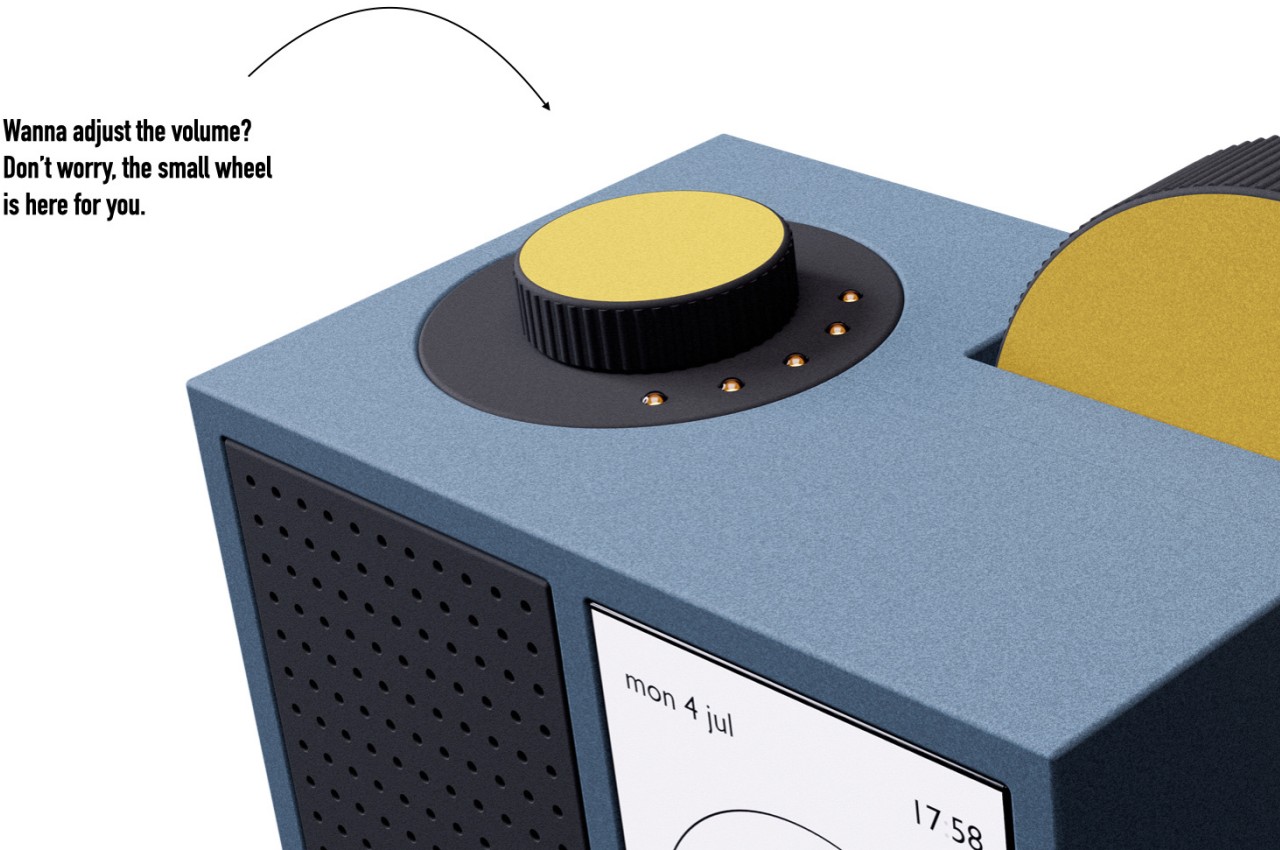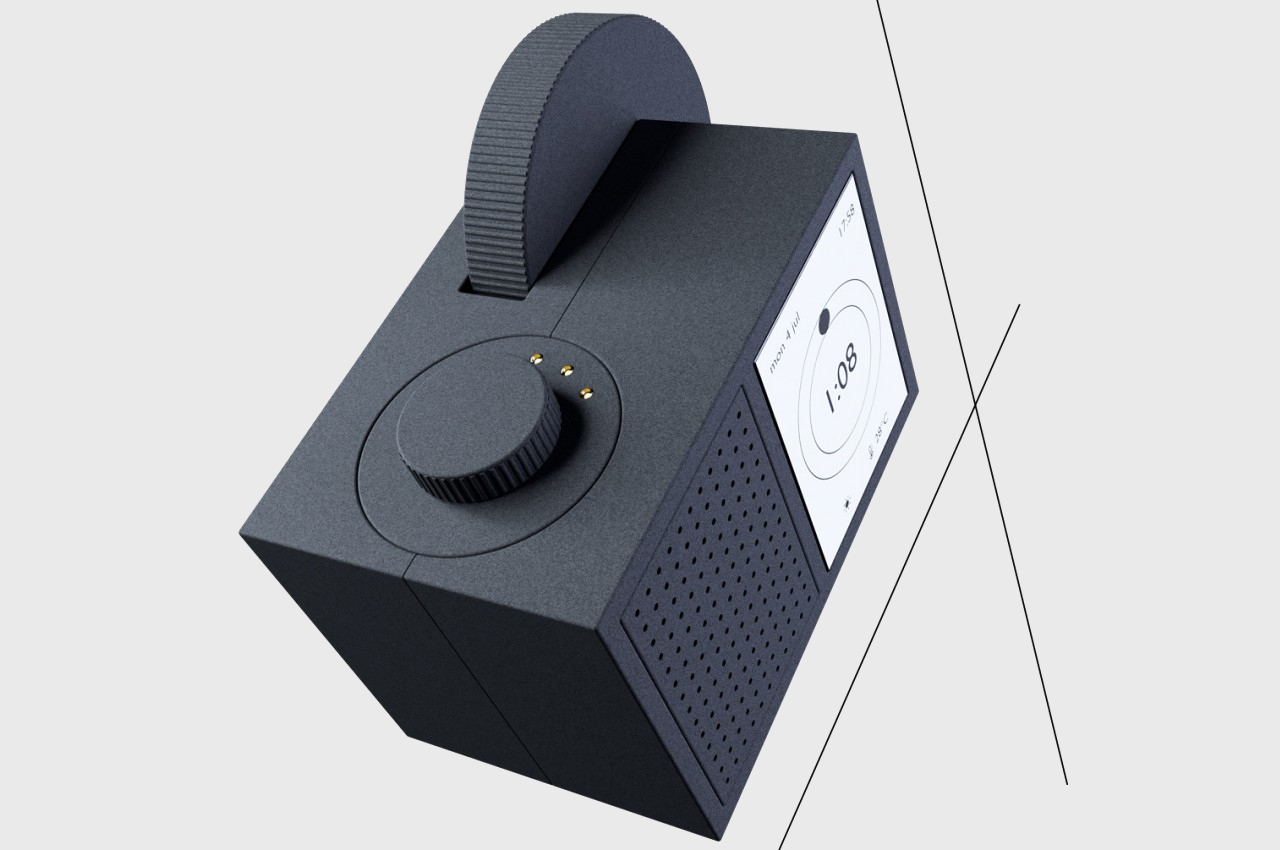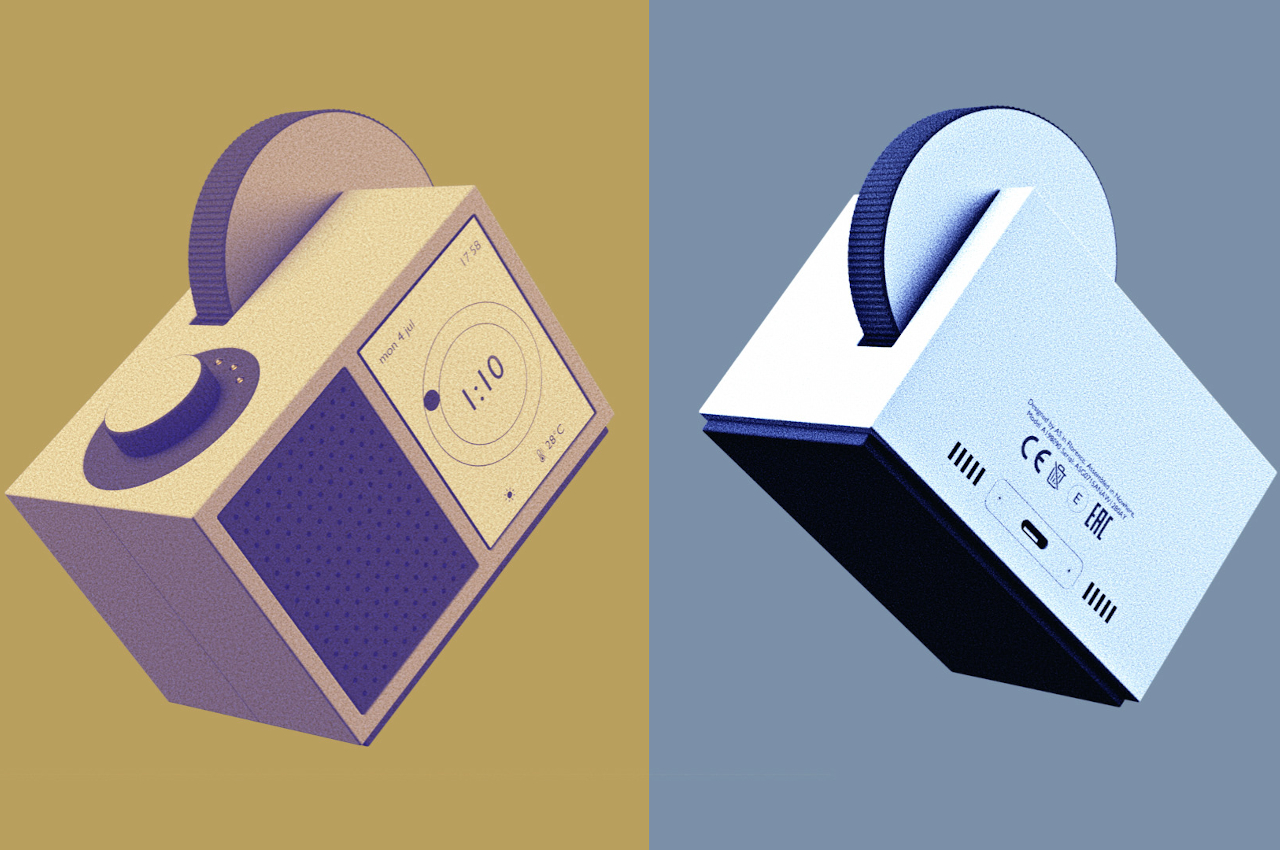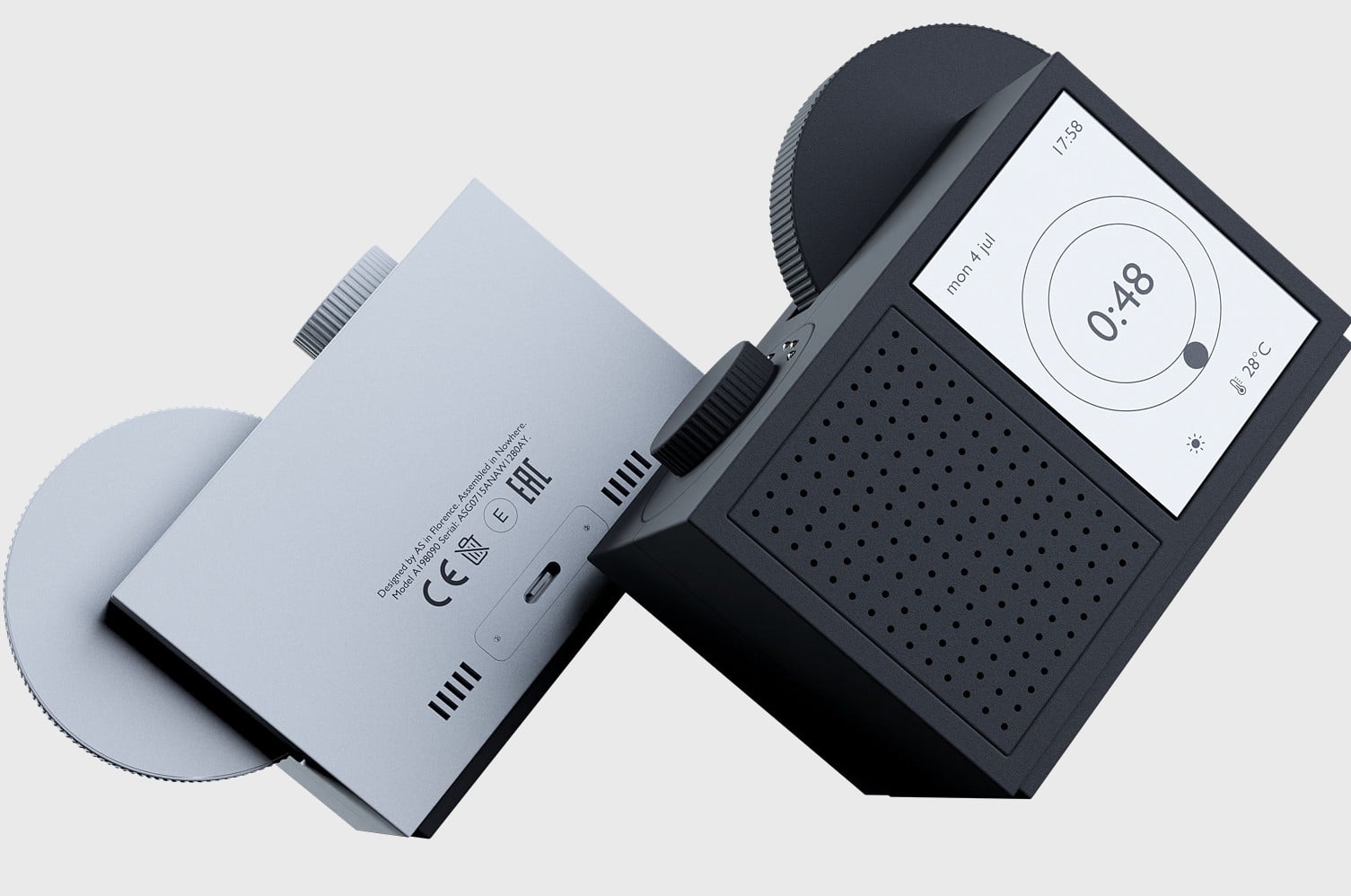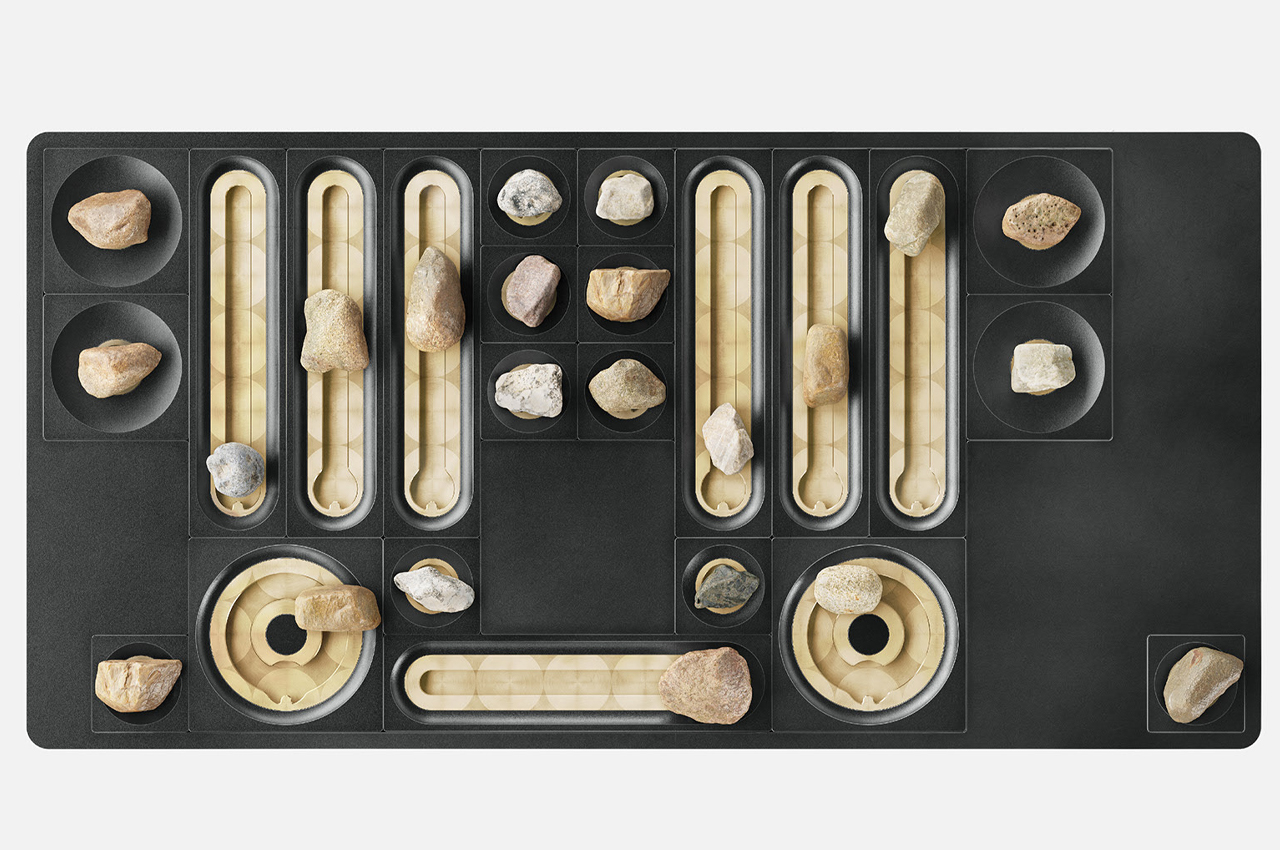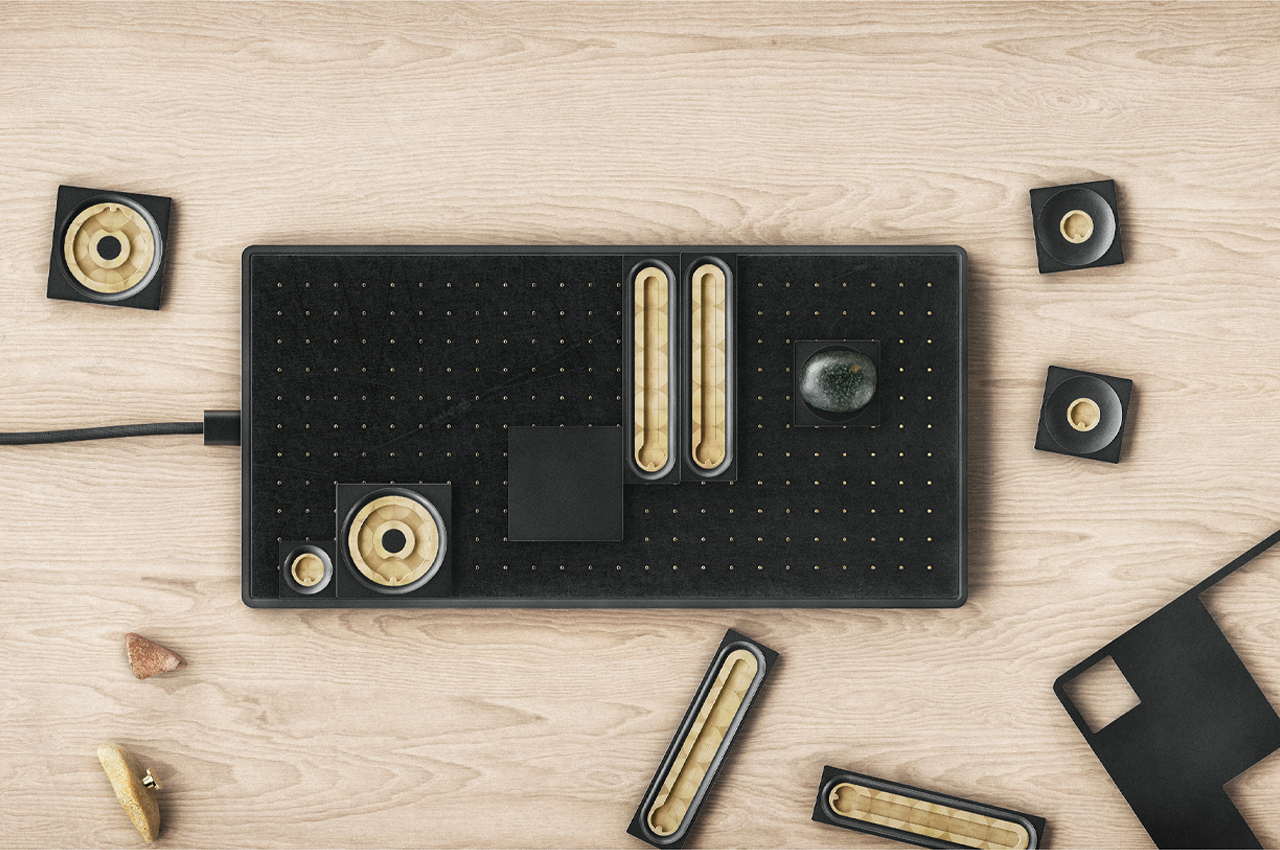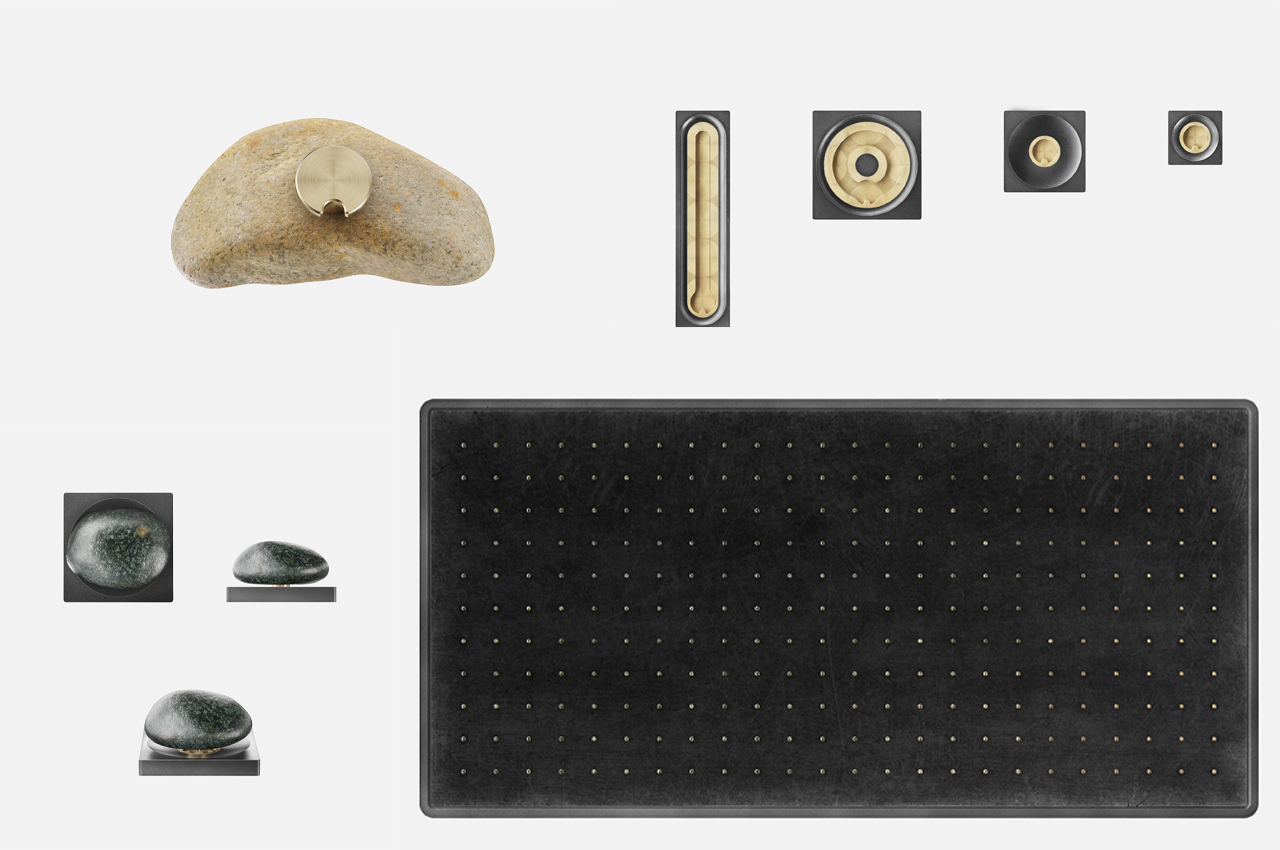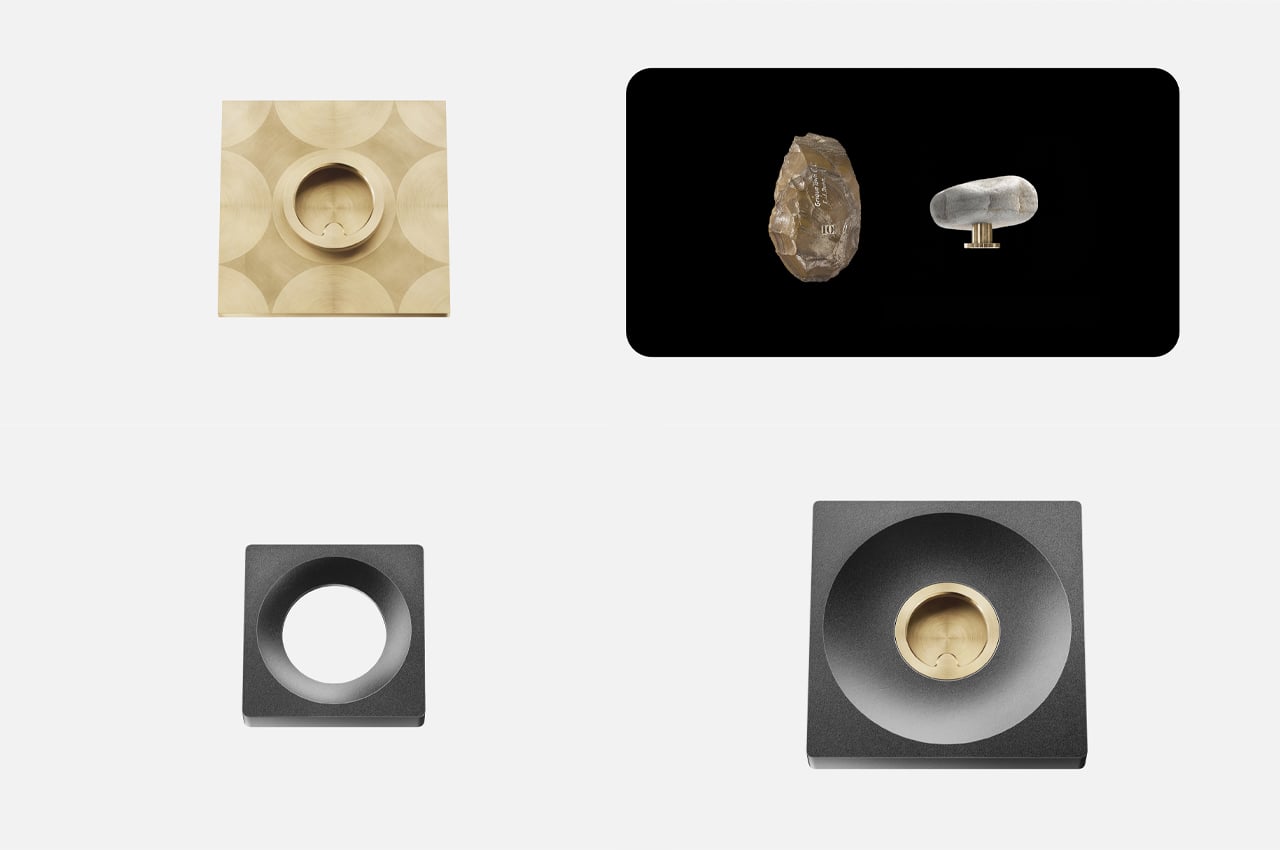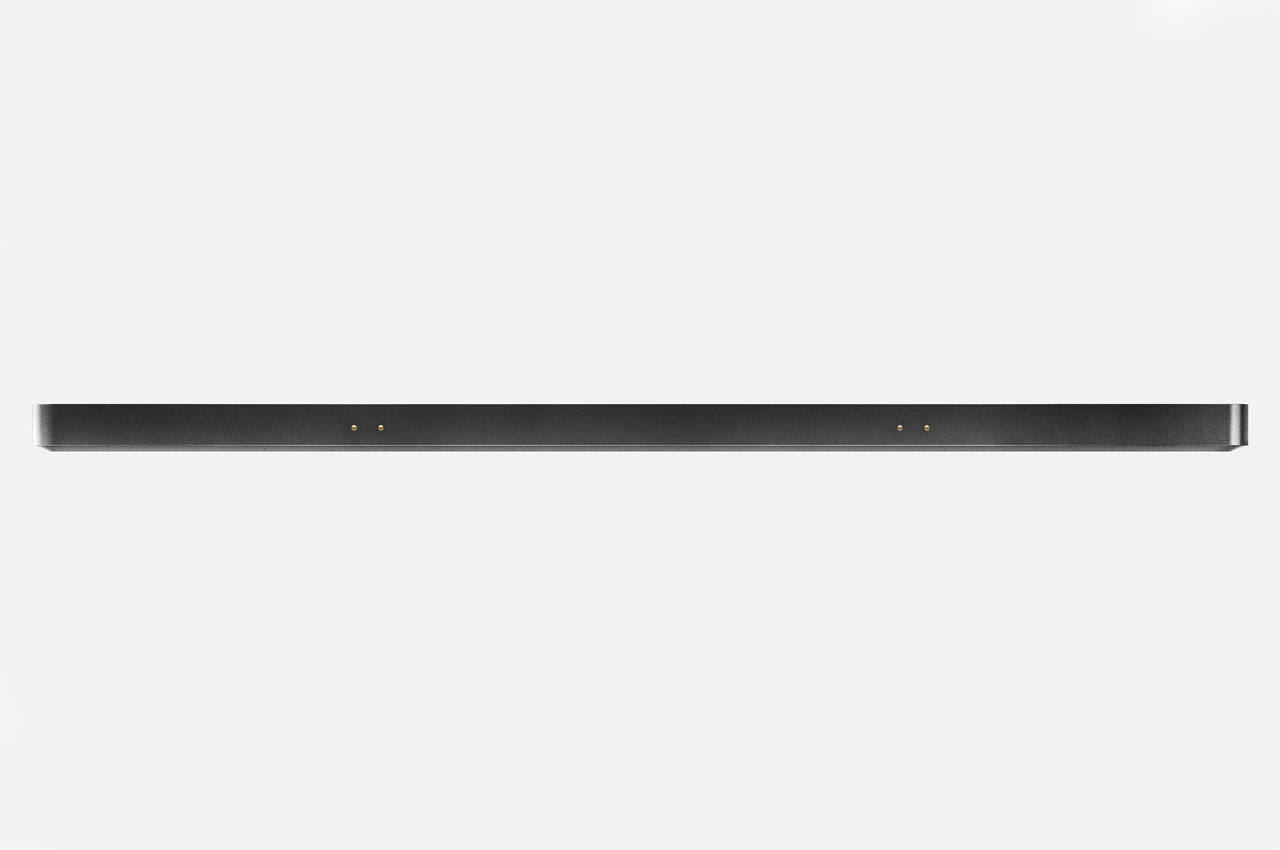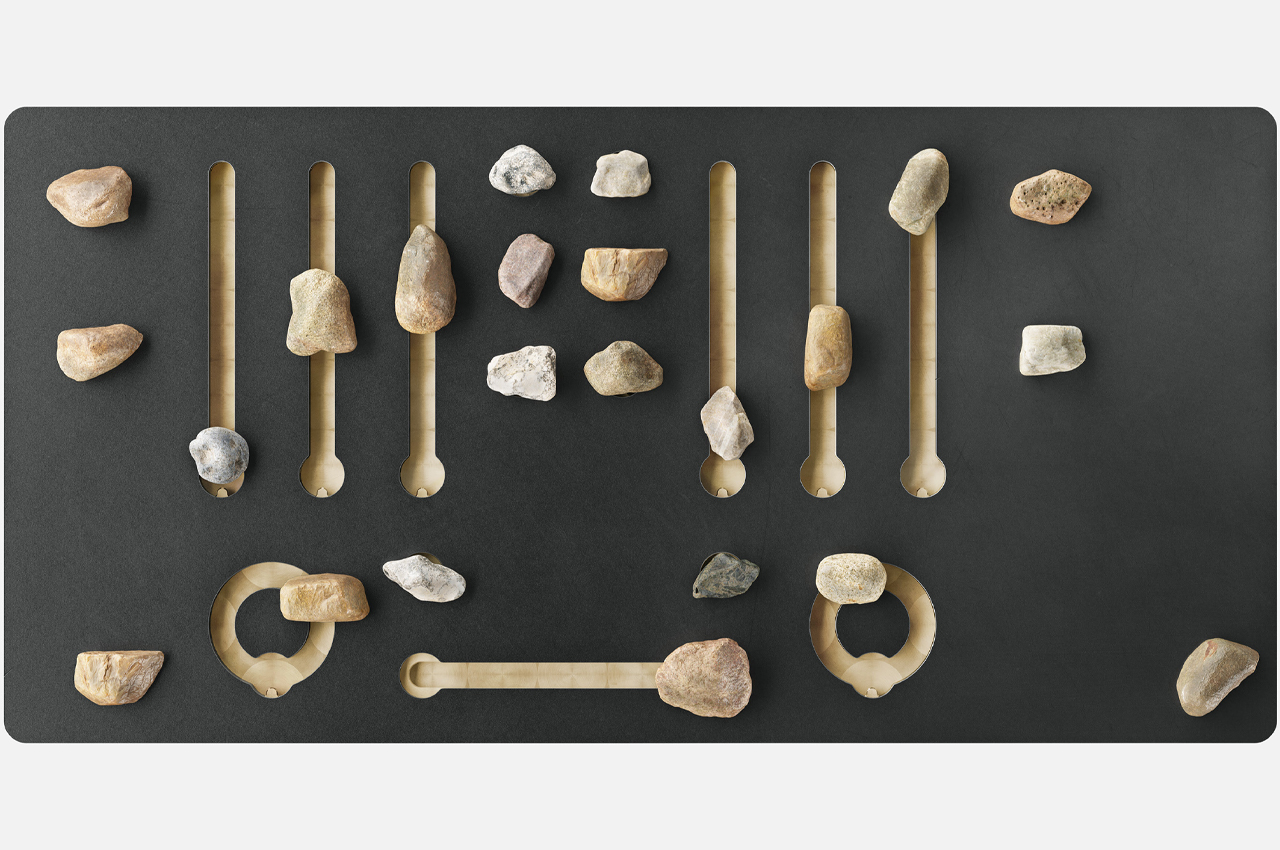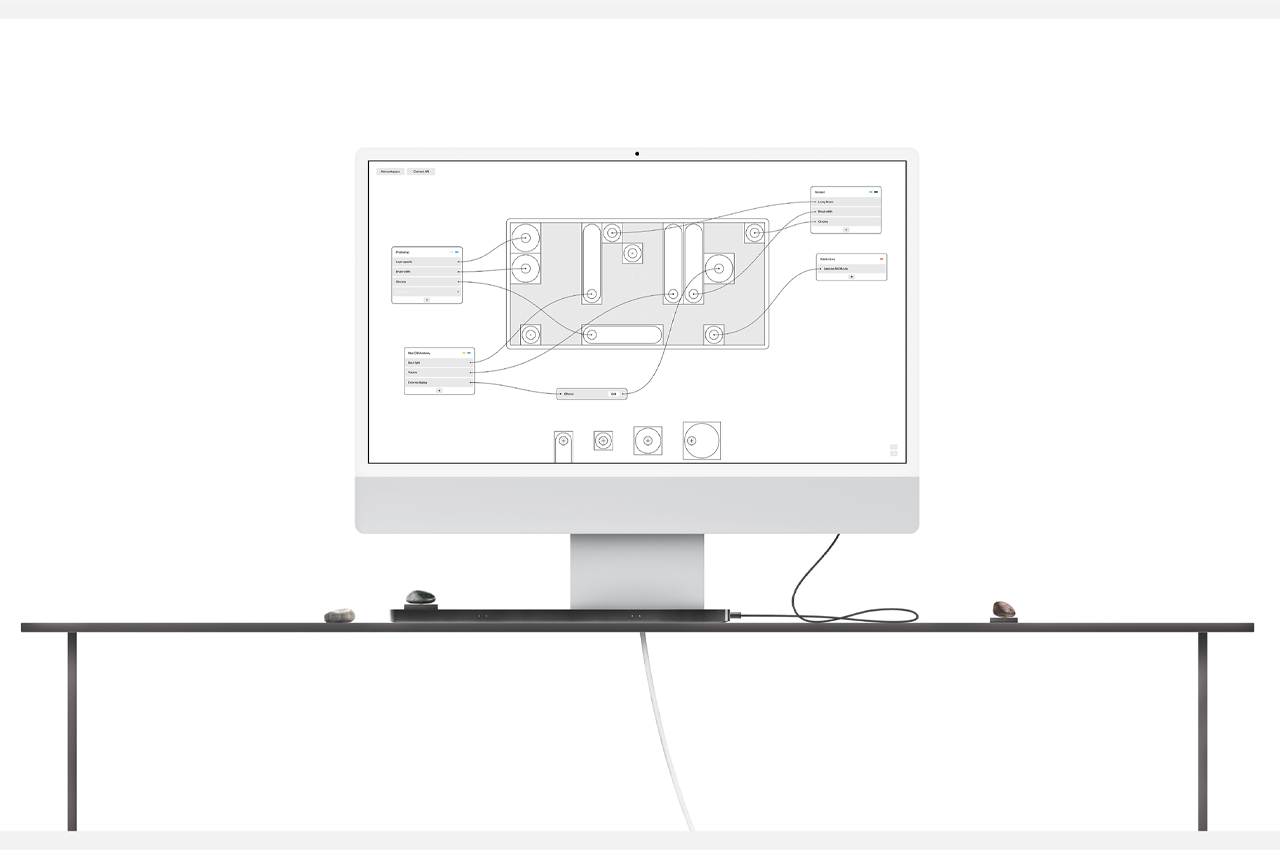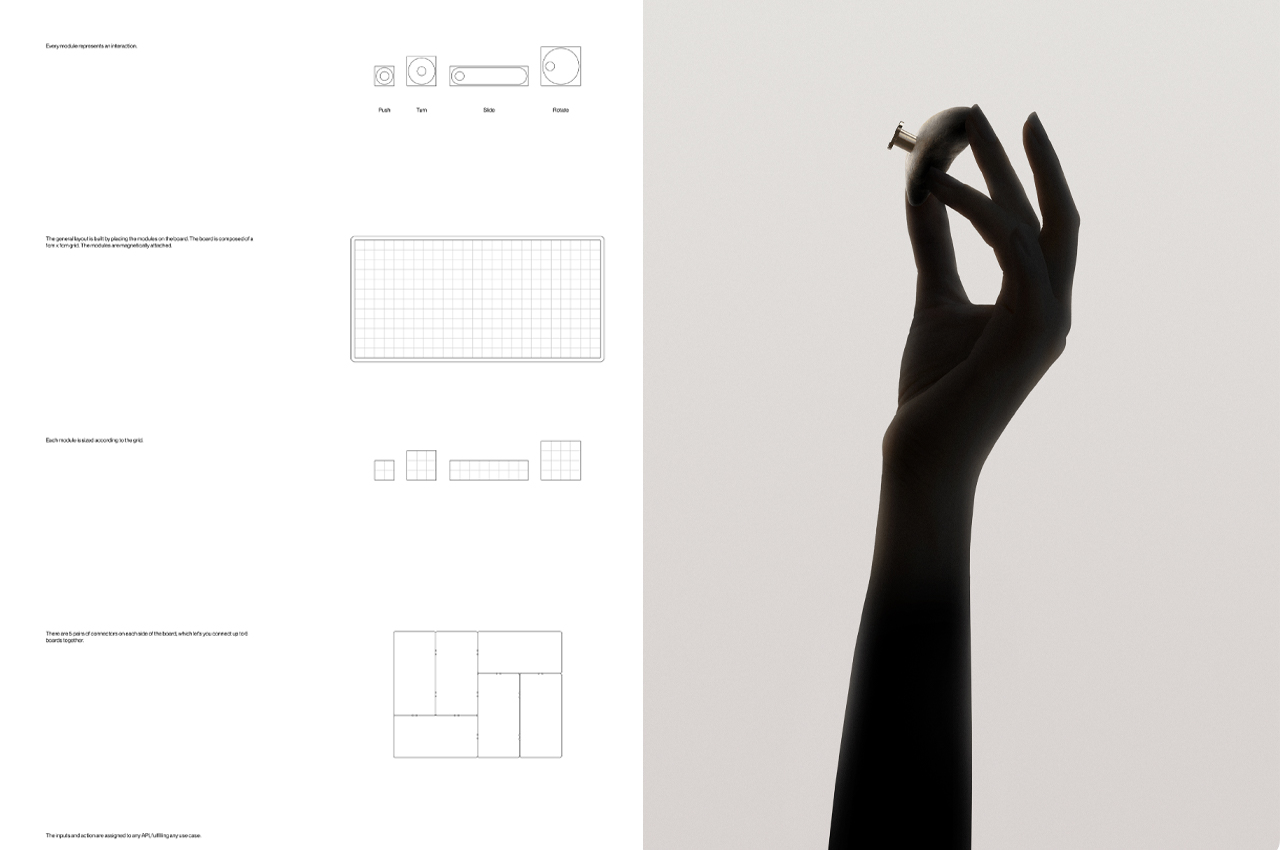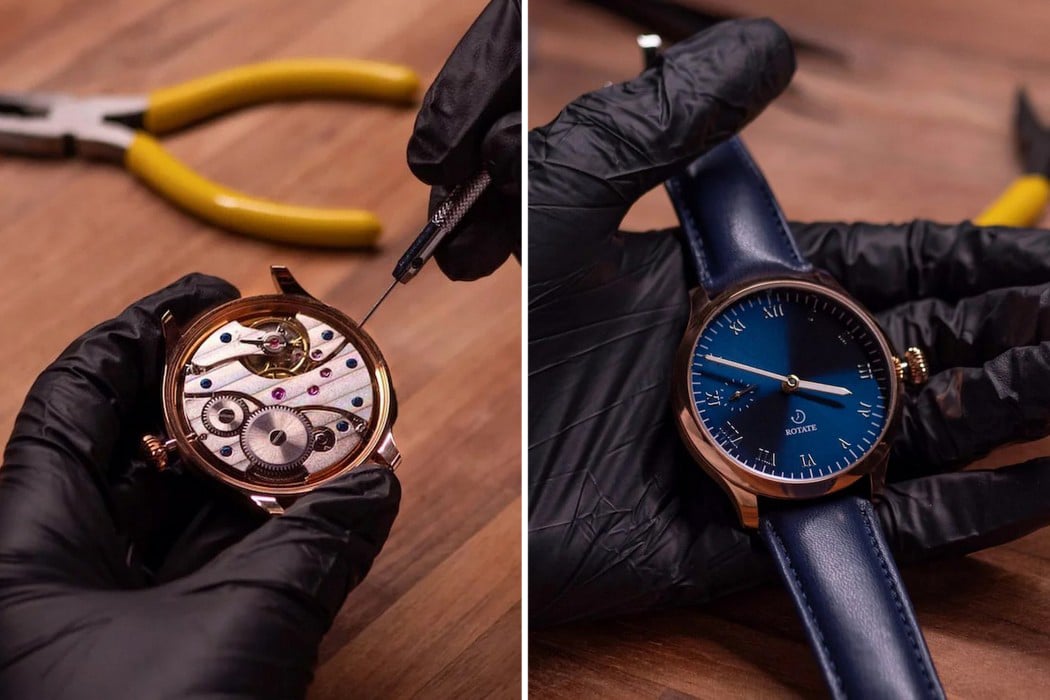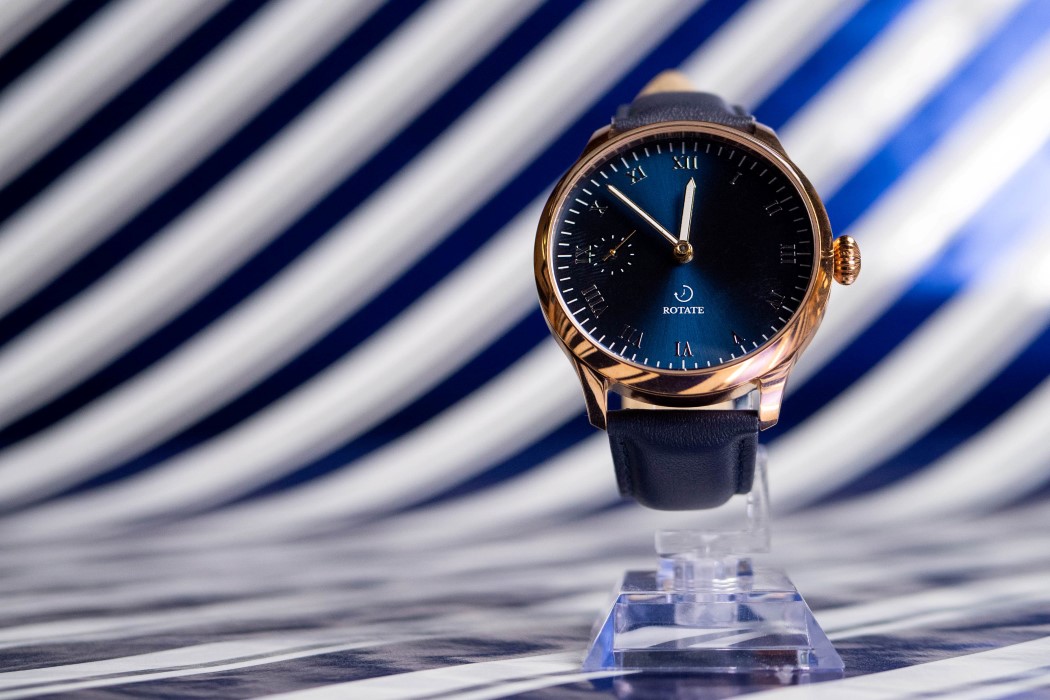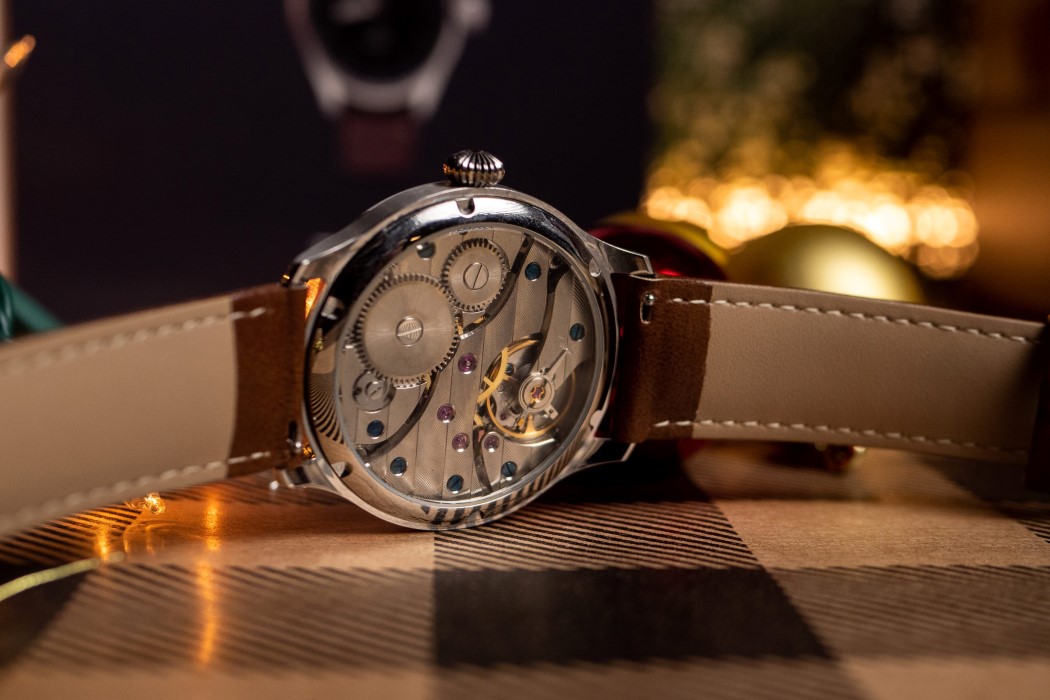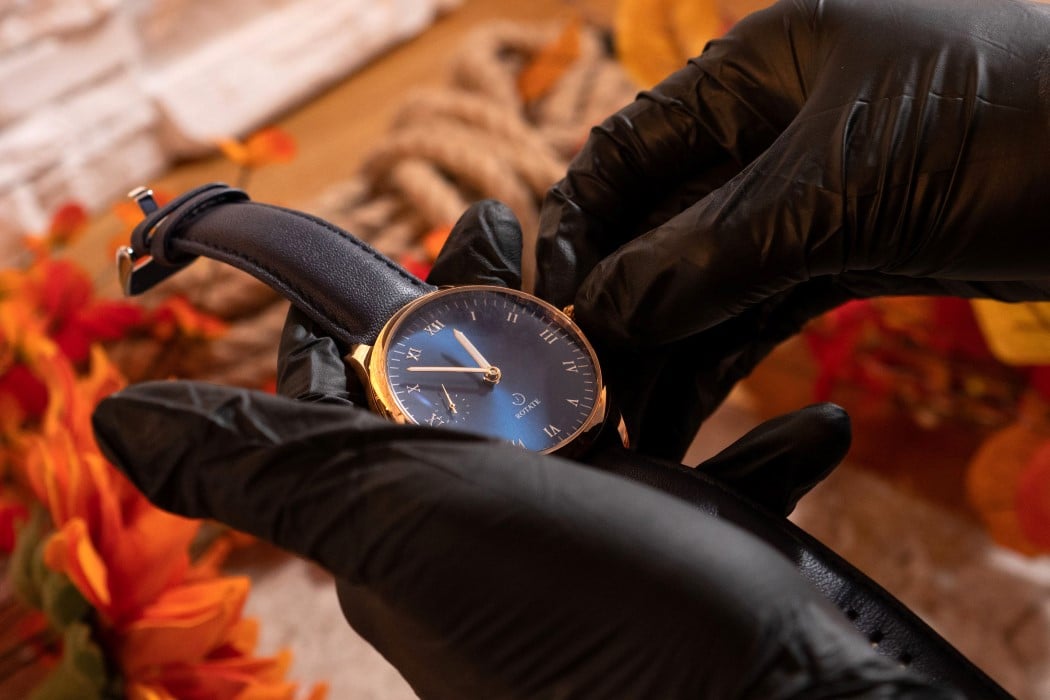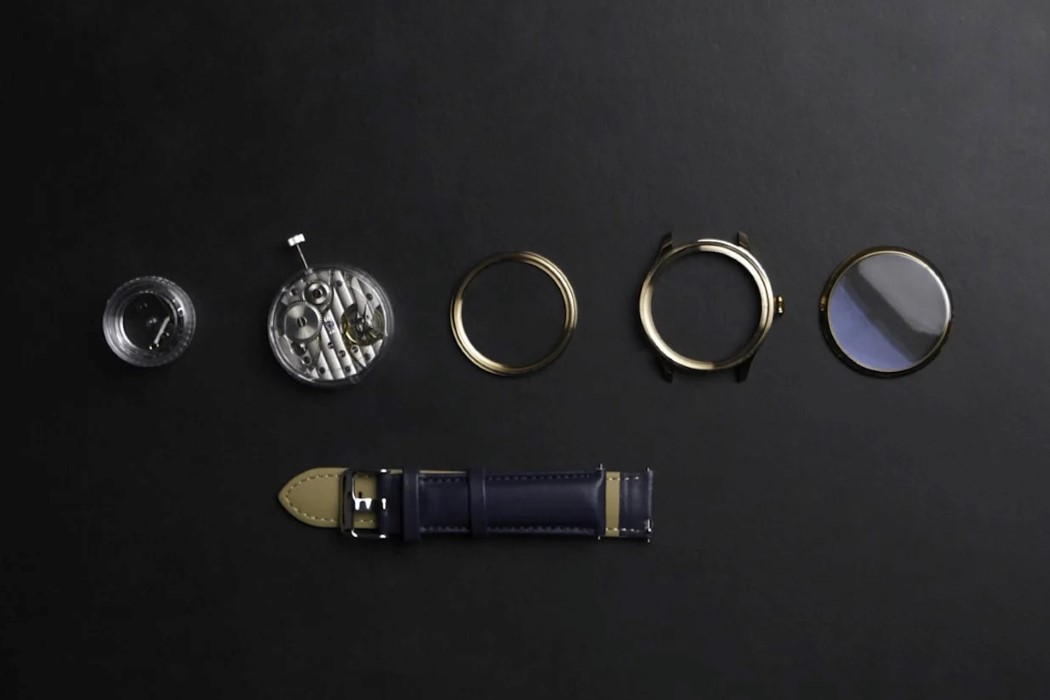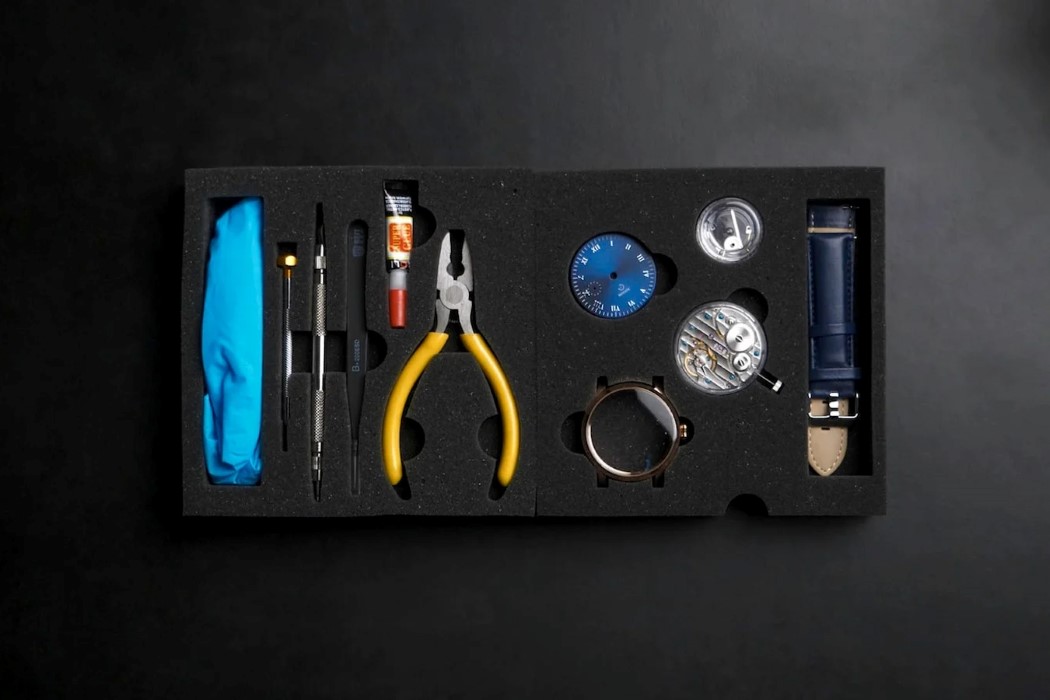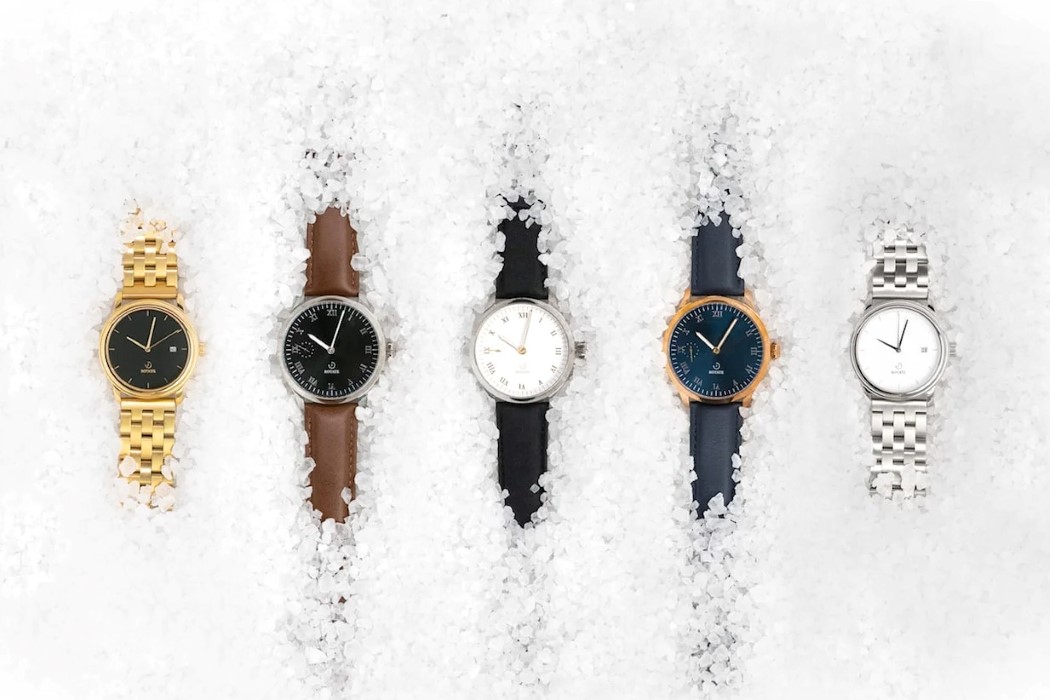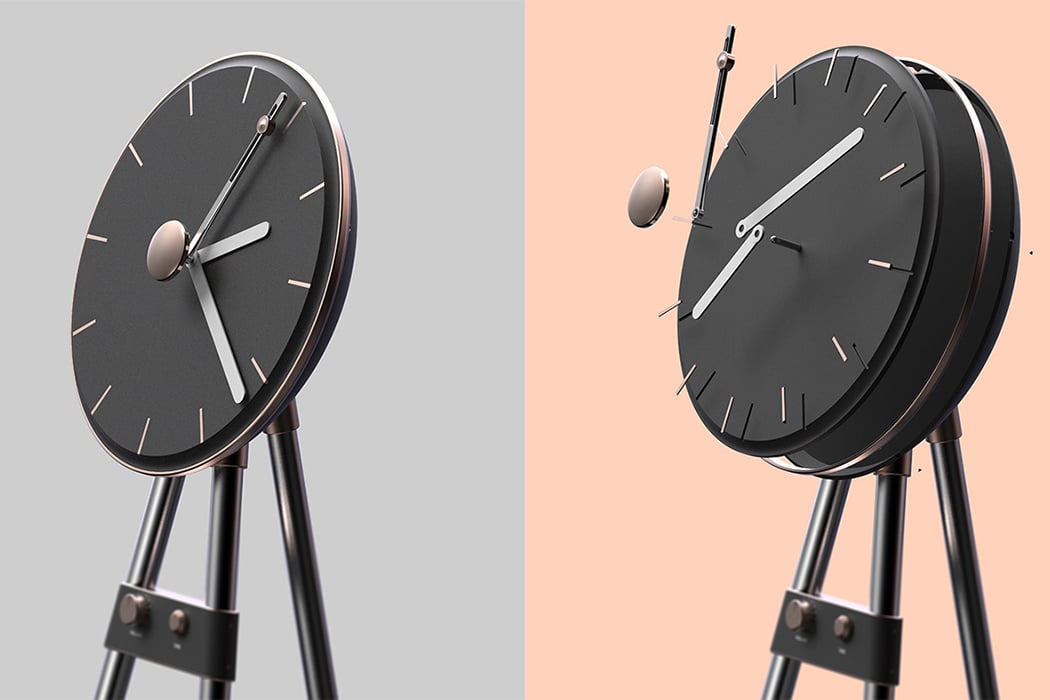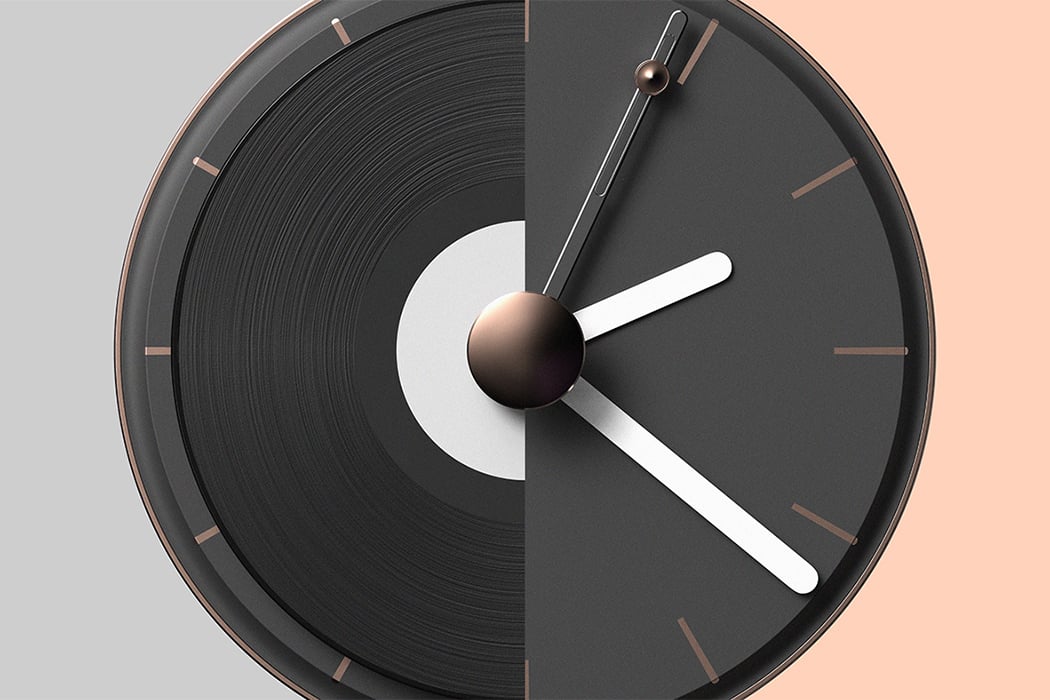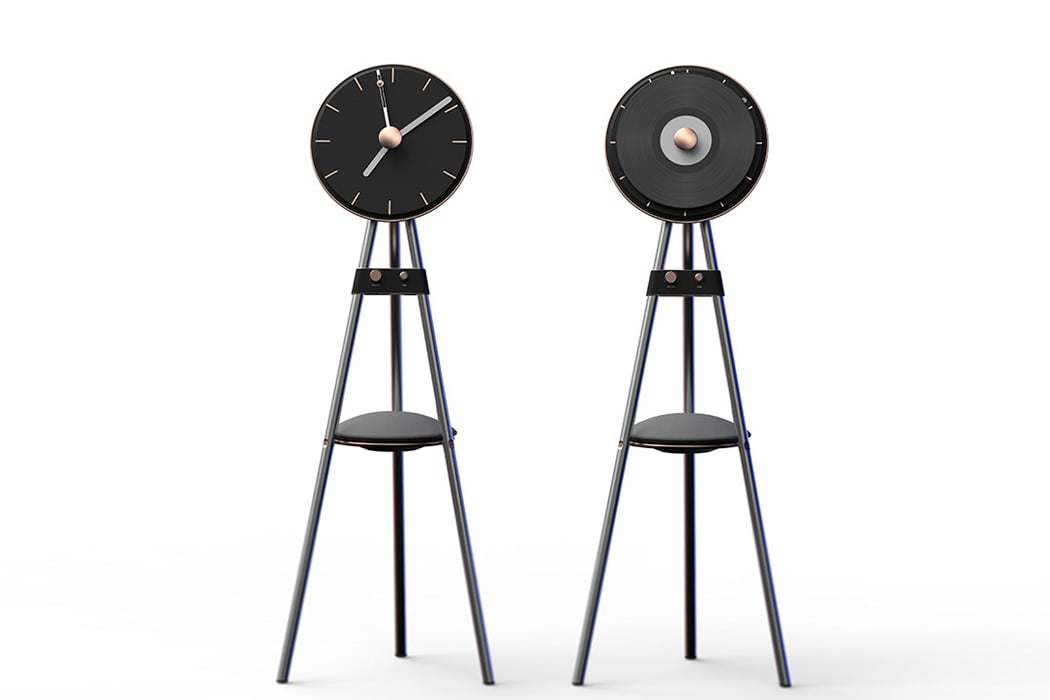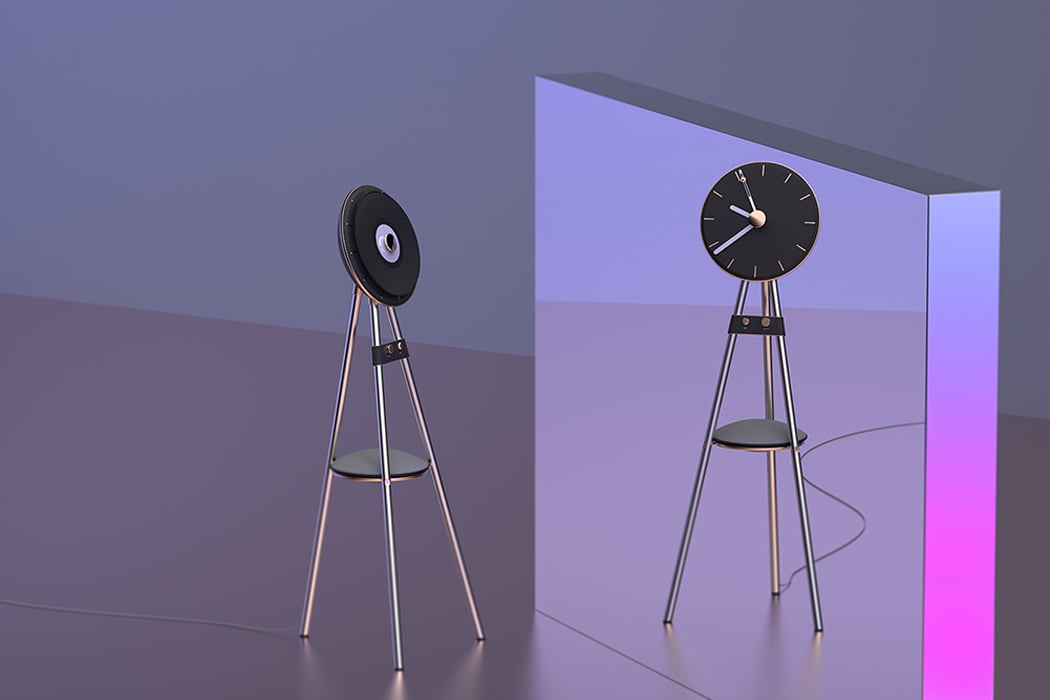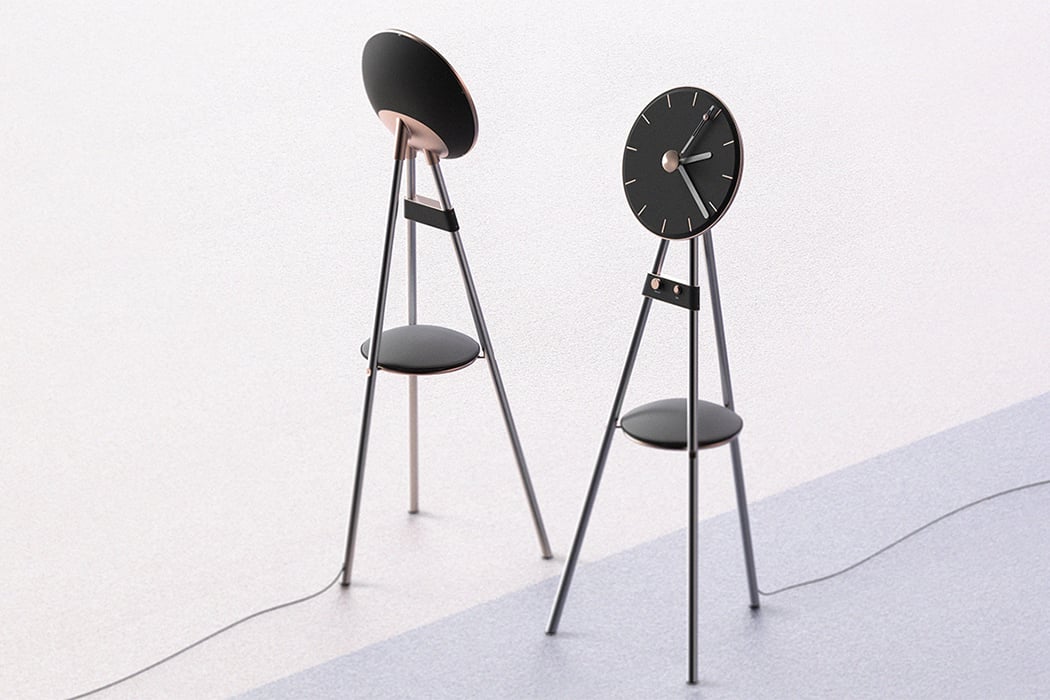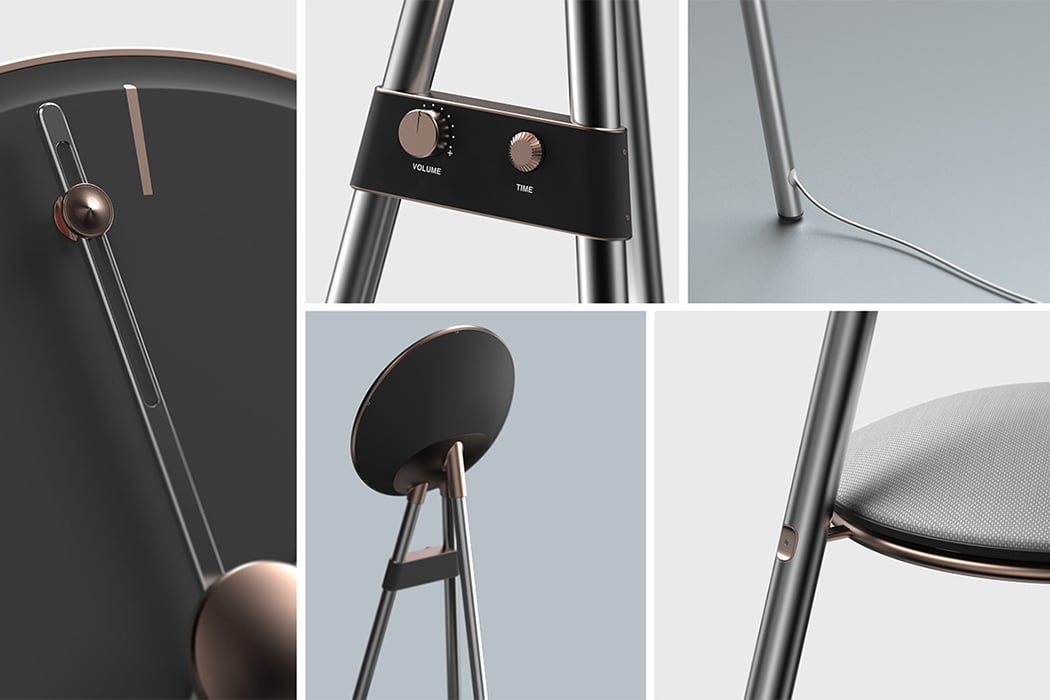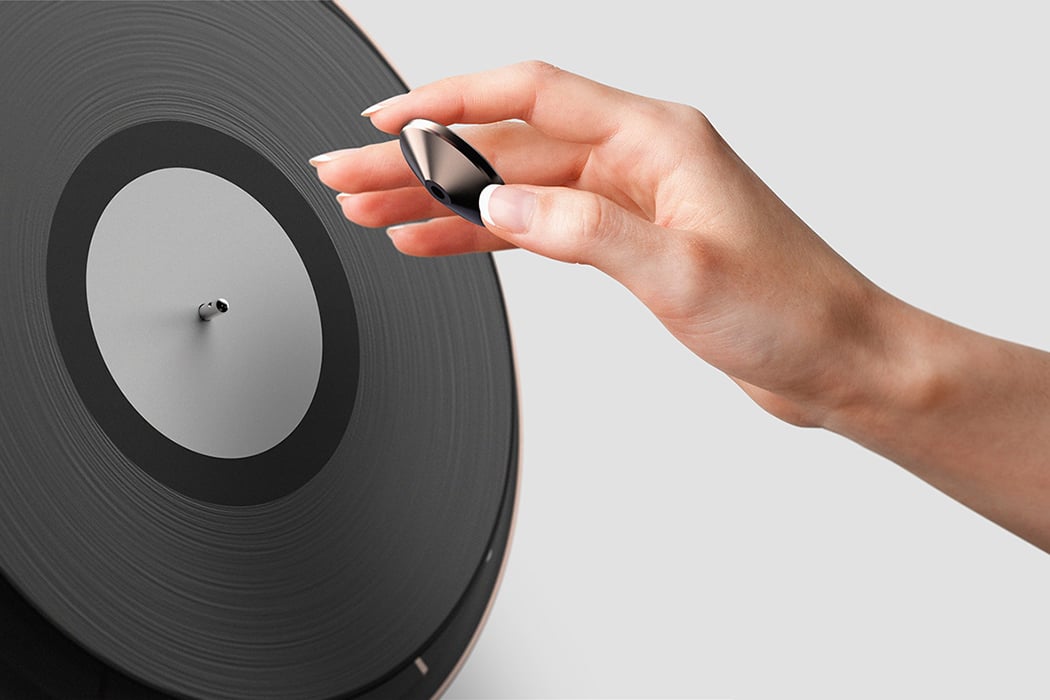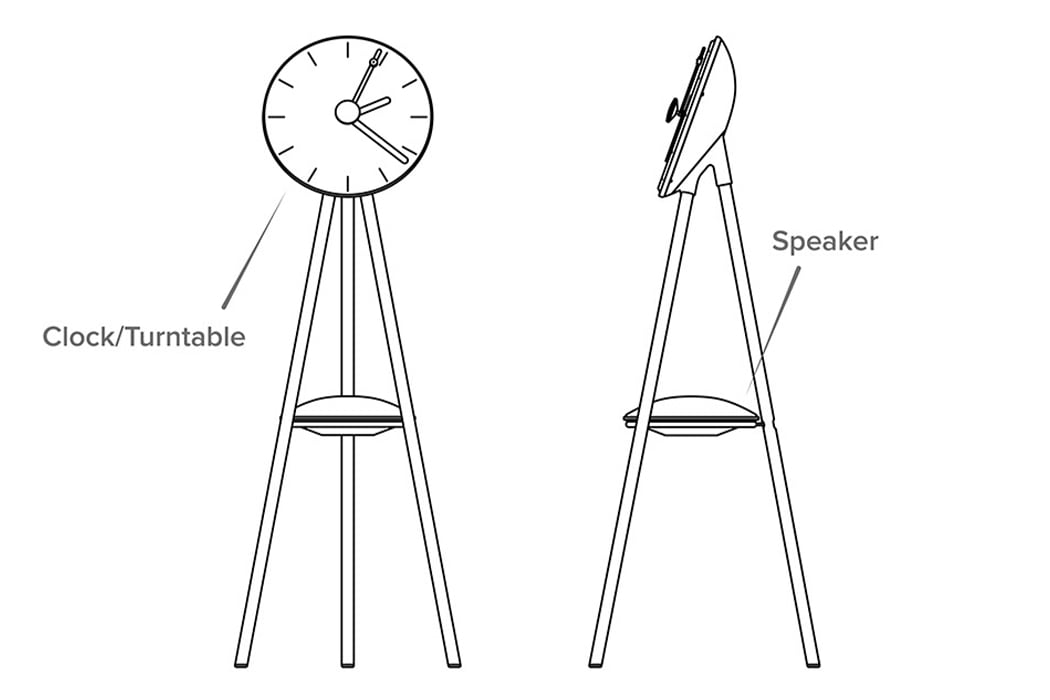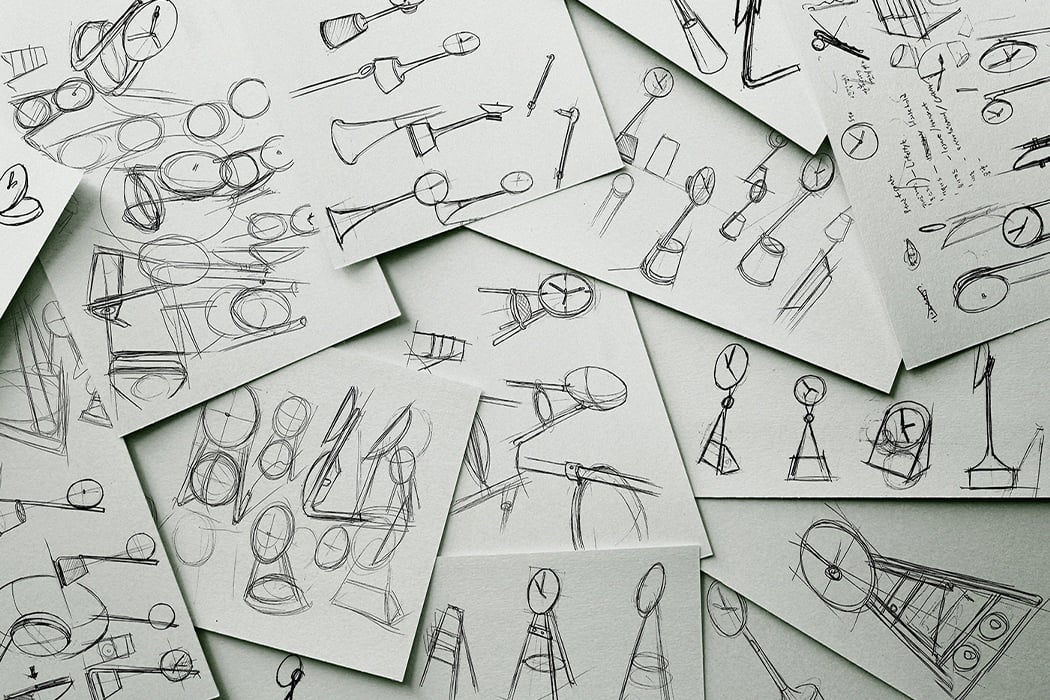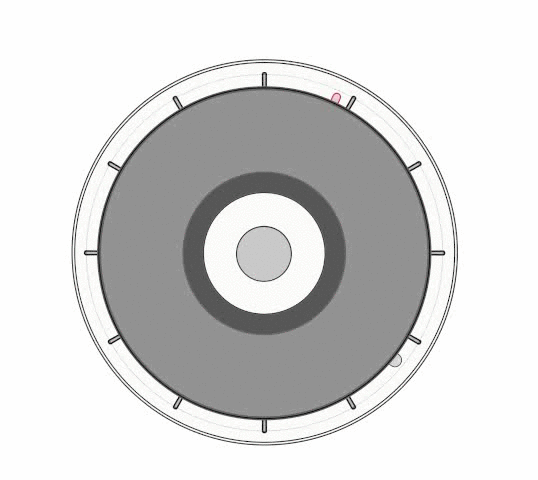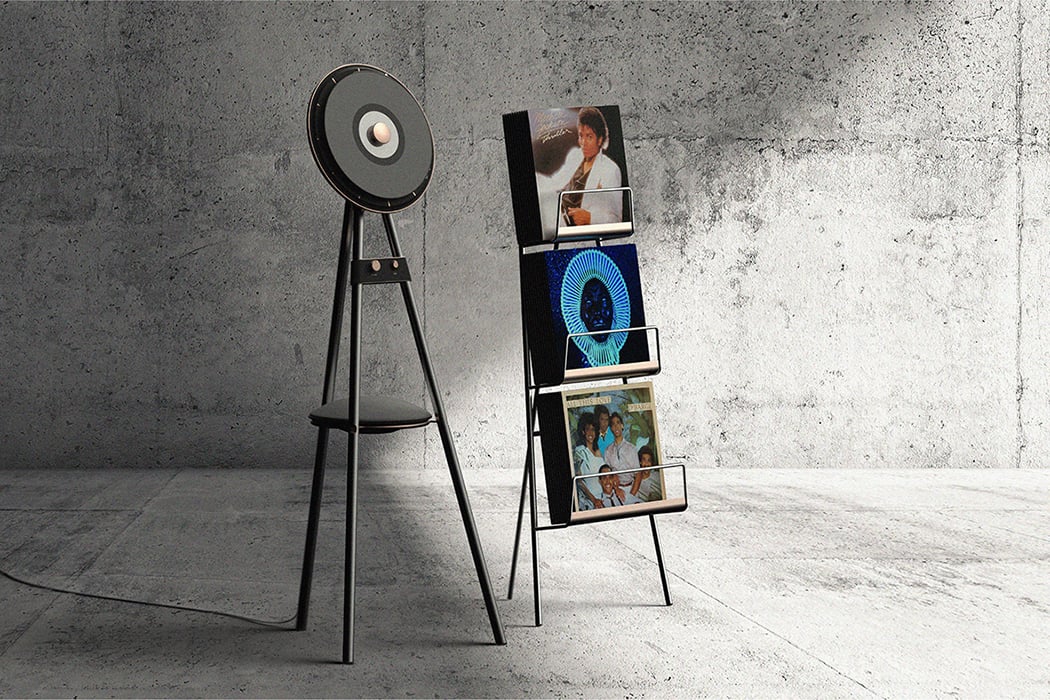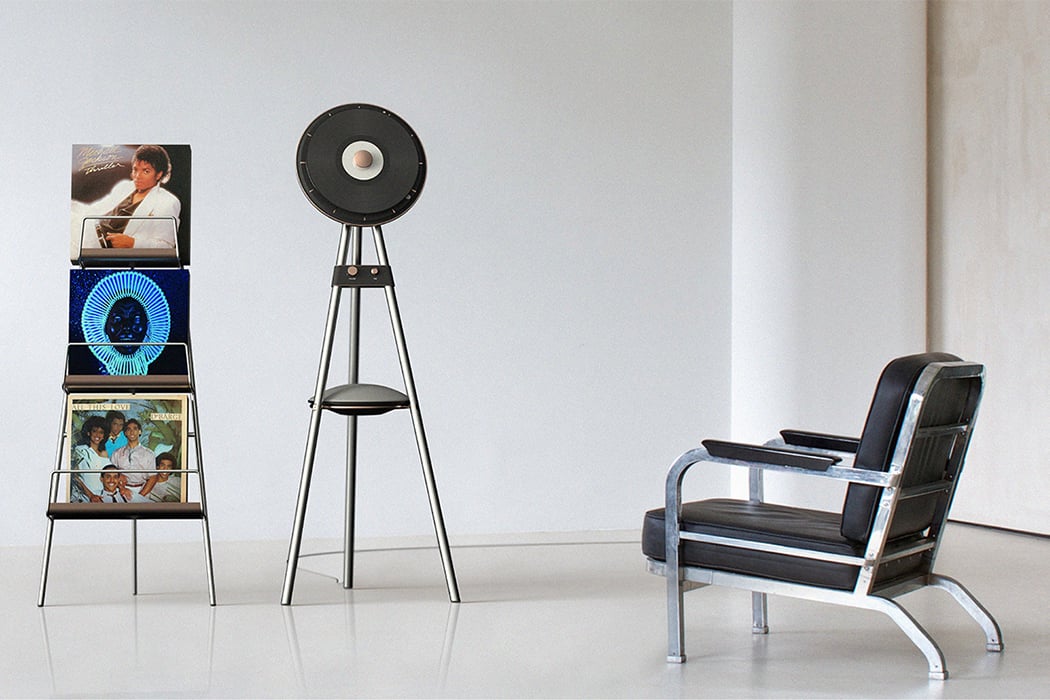Over the years I have learned to embrace a digital + analog hybrid workflow process. While most of my work goes straight to the computer, tablet, or mobile phone that I’m working on at the moment, I still like having a pen and paper with me at all times to jot down things I’m thinking about or things I need to do. There’s something therapeutic about writing it down rather than just typing it out so products that can give me that convenience are always welcome.
Designer: Cortex

The Sidekick Notepad is basically a writing pad where you can jot things down while having a meeting or while doing your normal, every day tasks. It is designed to fit either above or under your keyboard and is meant to be your “sidekick” if you’re like me that sometimes likes to put her to-do list on paper rather than on pixels. There’s a section to put the date, a huge section for notes, and then on the side, there’s a to-do list section with checkboxes so it’s easier to tick things off.


It’s not meant to be like a journal where you keep it even after the tasks or notes have served their purpose. It’s a tear-away kind of pad where you can just tear it off and then throw it (or compile it somewhere else if that’s your thing). You can also scan your notes for posterity and then save it on your preferred notes app. It doesn’t seem to have a dedicated app that can automatically scan and store things for you so you have to do it the manual way.


The Sidekick Notepad has 60 pages of Munken Lynx paper so if you run out, you’ll have to buy a new notepad since it’s not refillable. The cover is made from something called “Extract”, a paper made from recycled coffee cups. This adds another layer of things that I love so this product seems to be created especially for people like me who still can’t let go of the analog stuff.

The post Sidekick Notepad is a simple writing tool for the digital/analog hybrid workers first appeared on Yanko Design.
